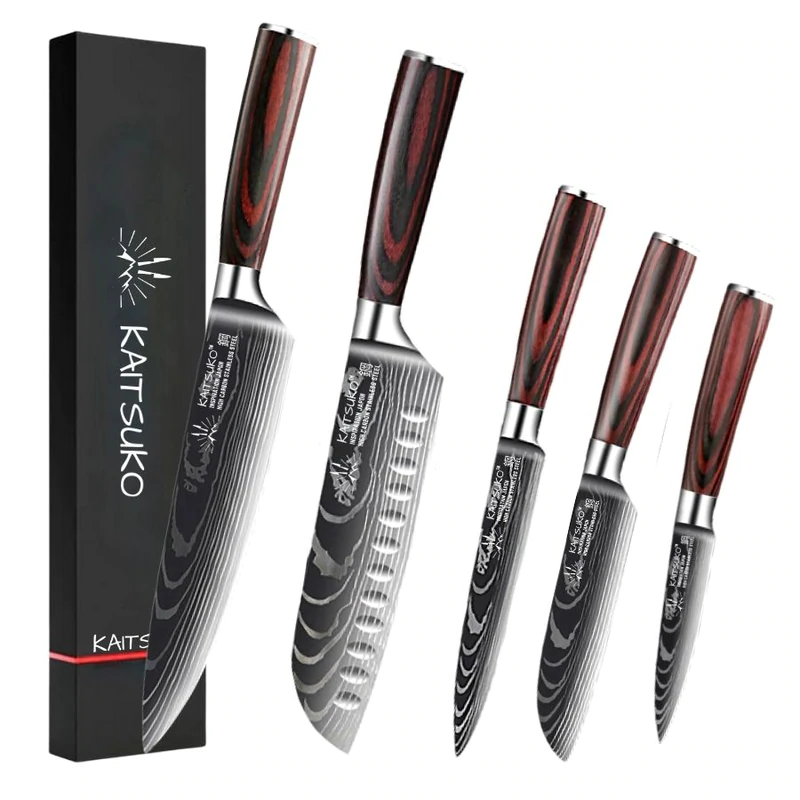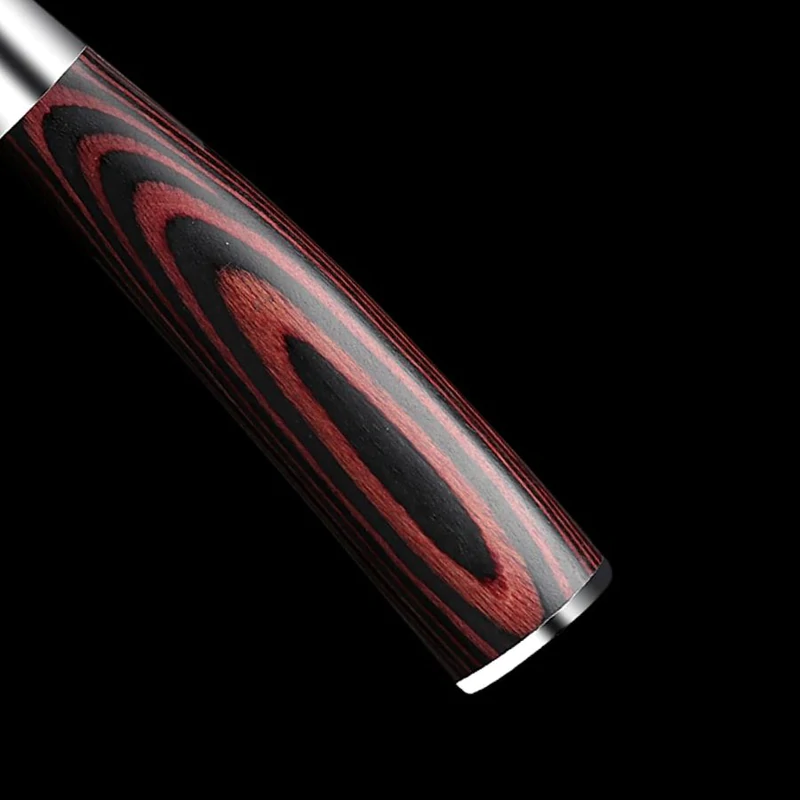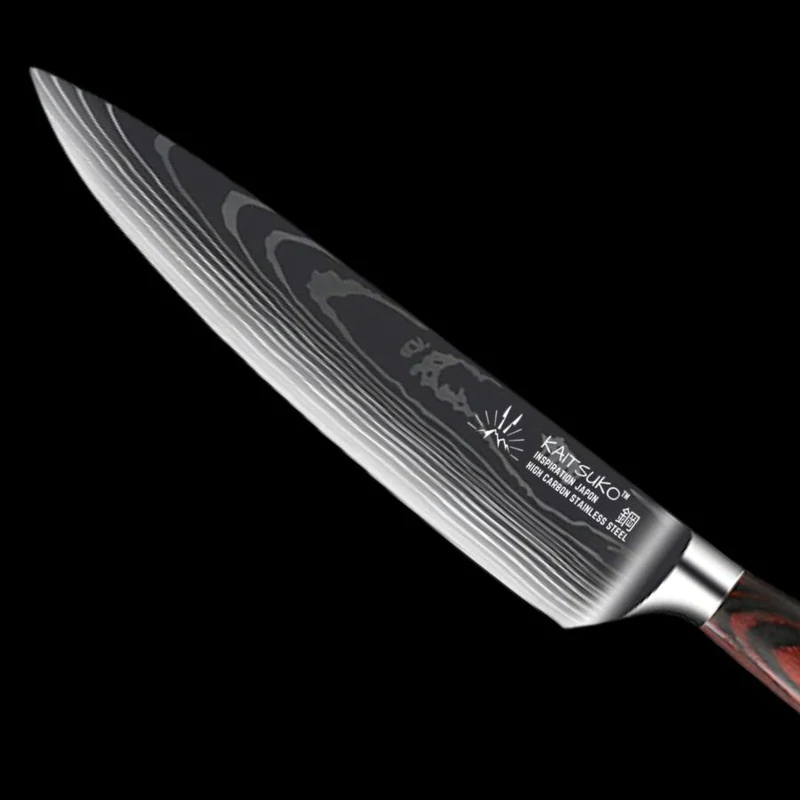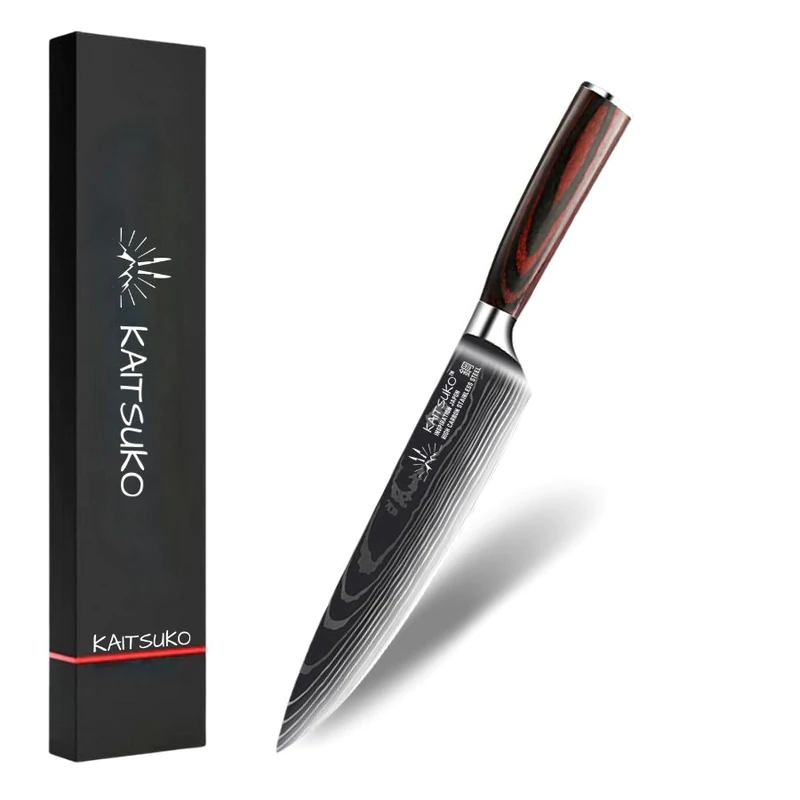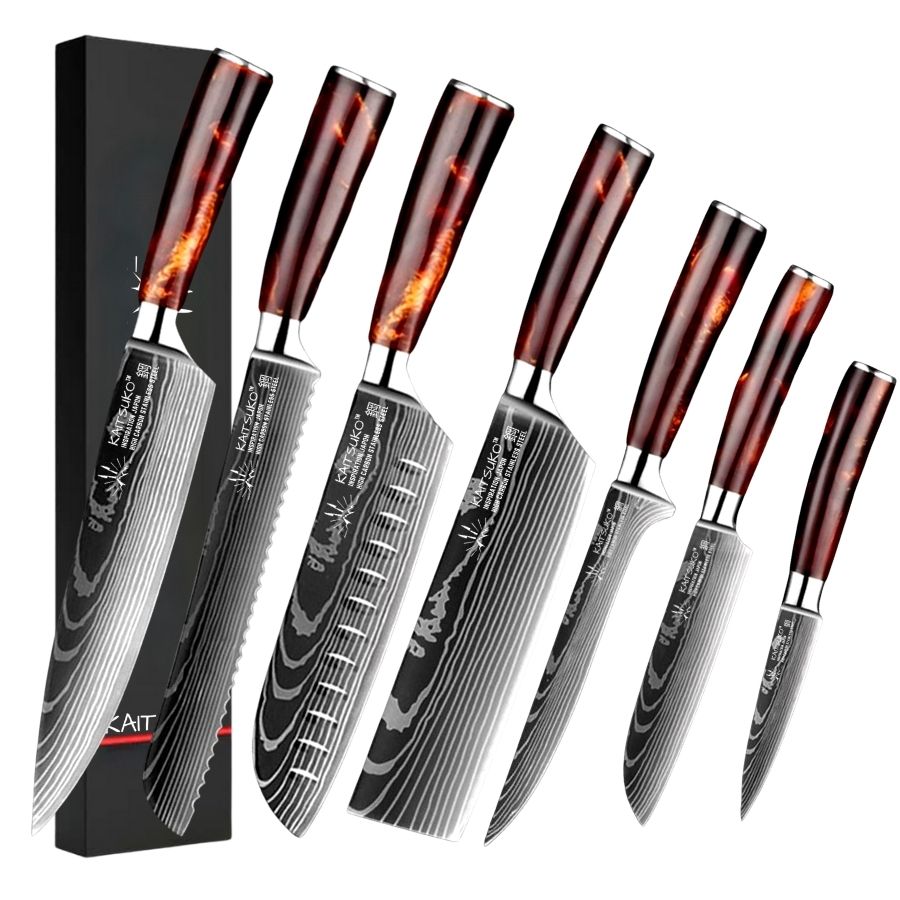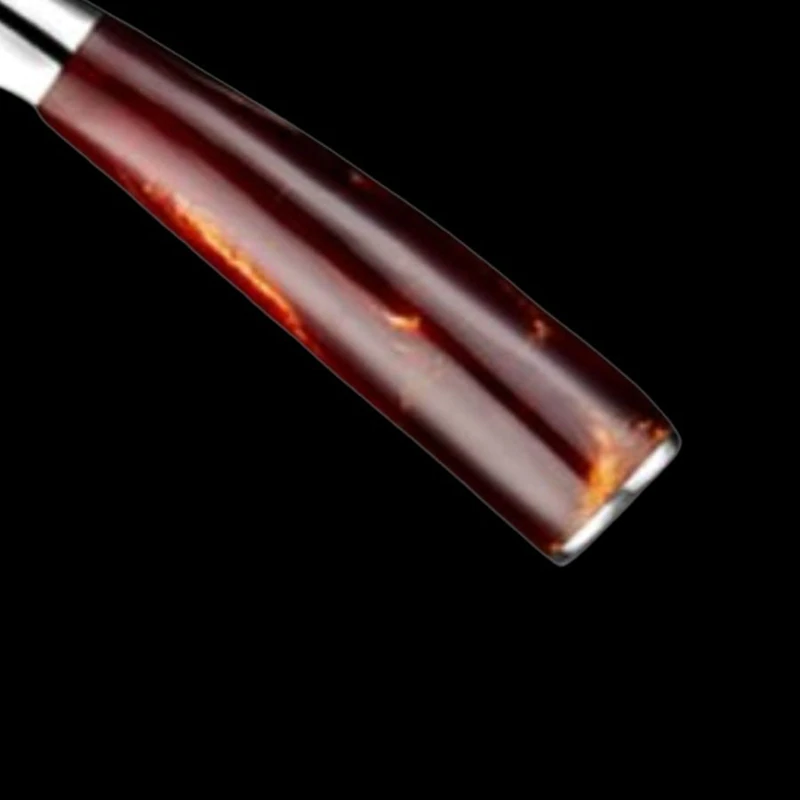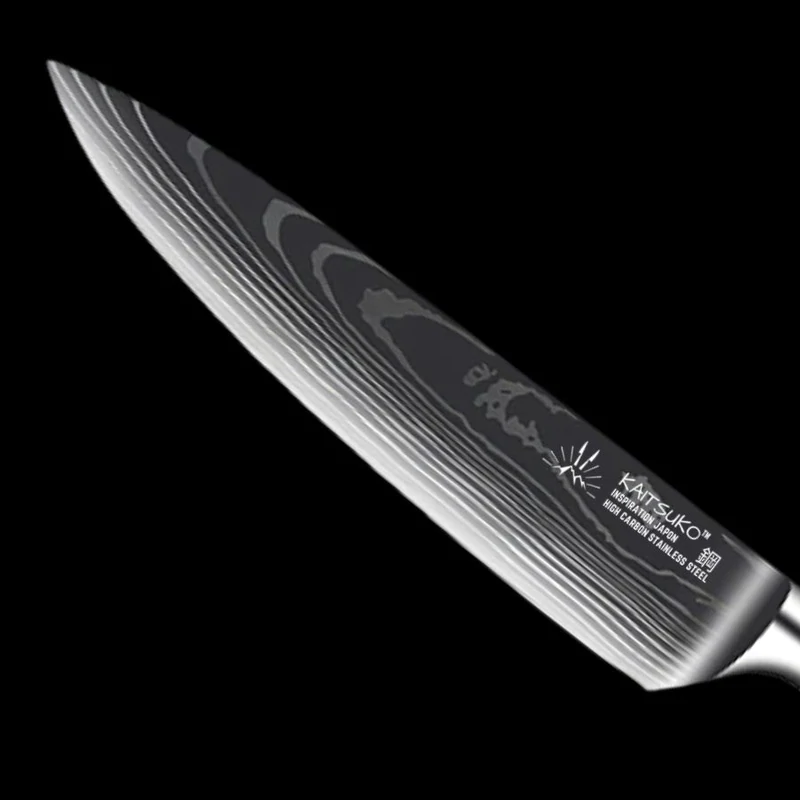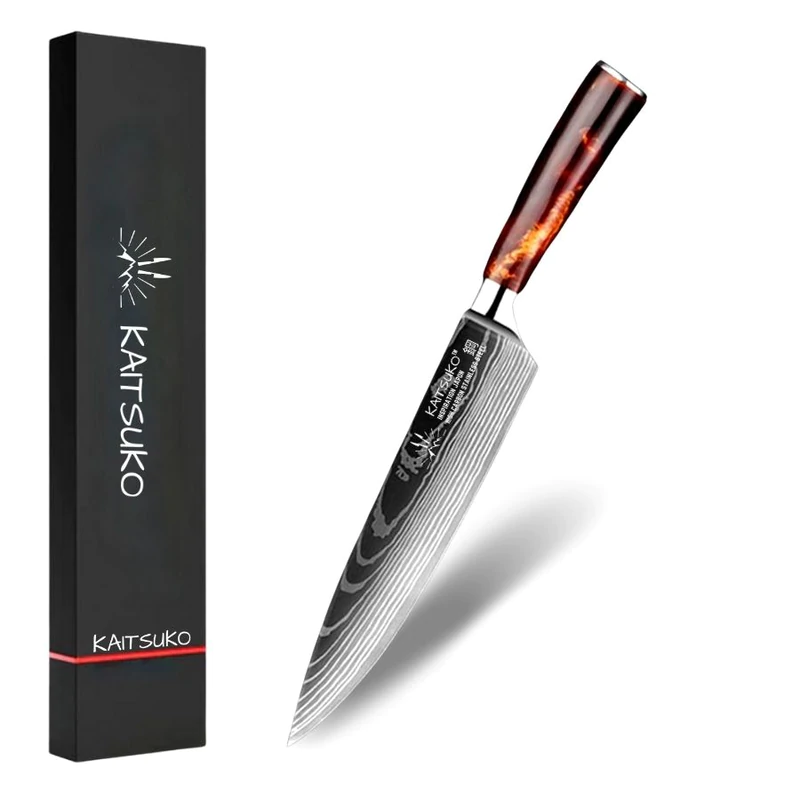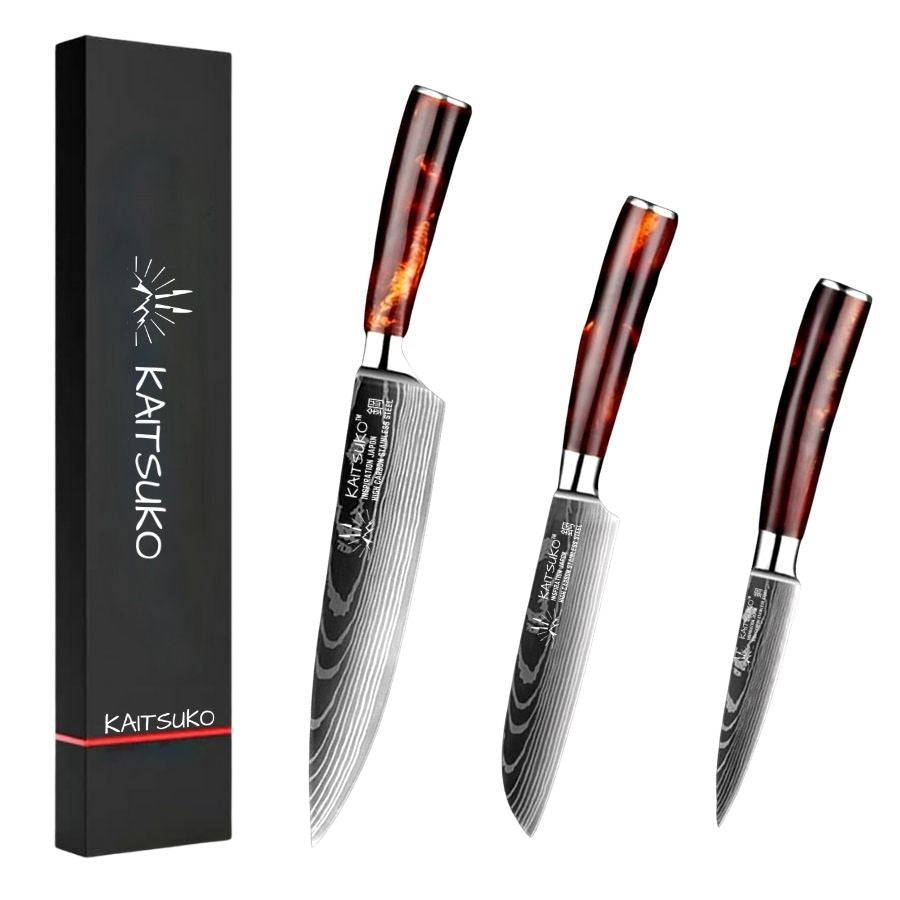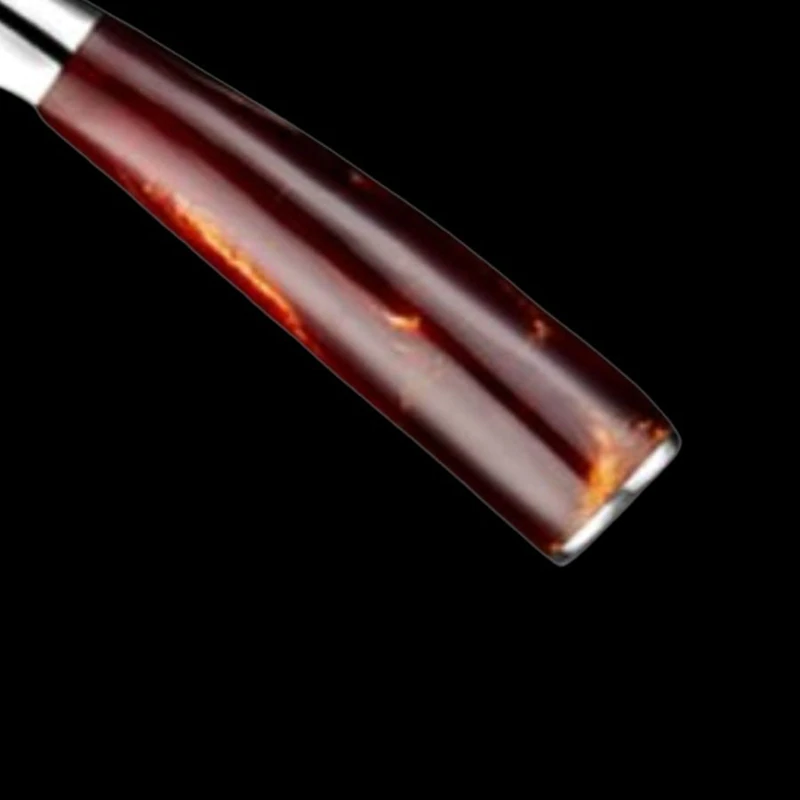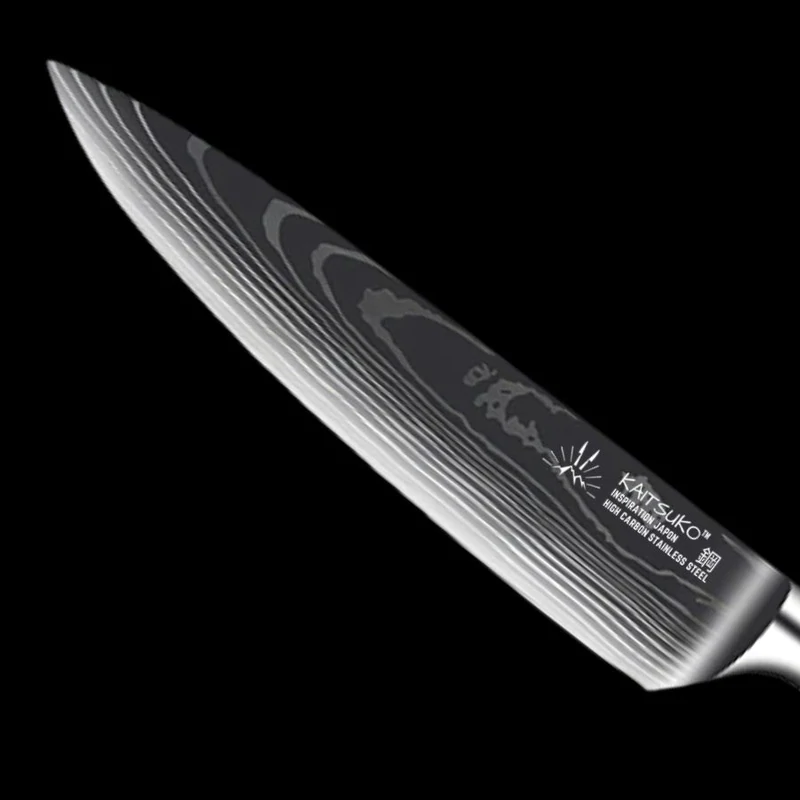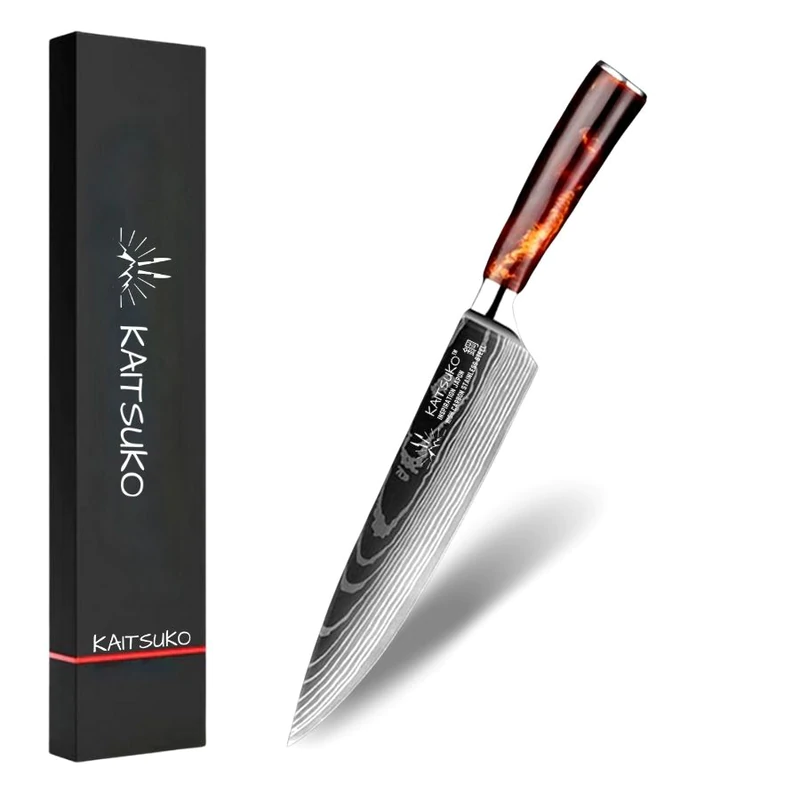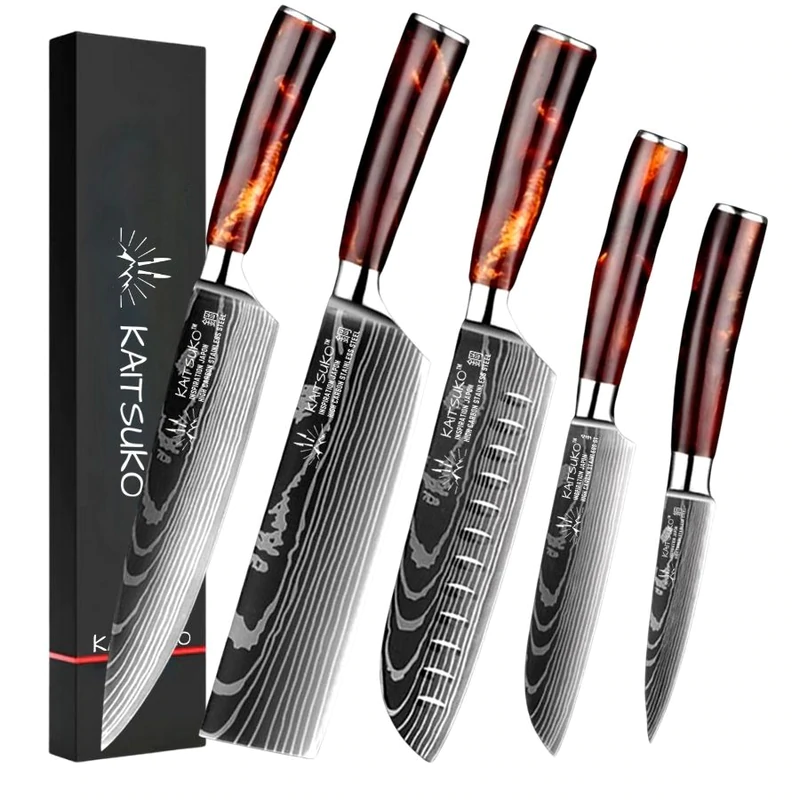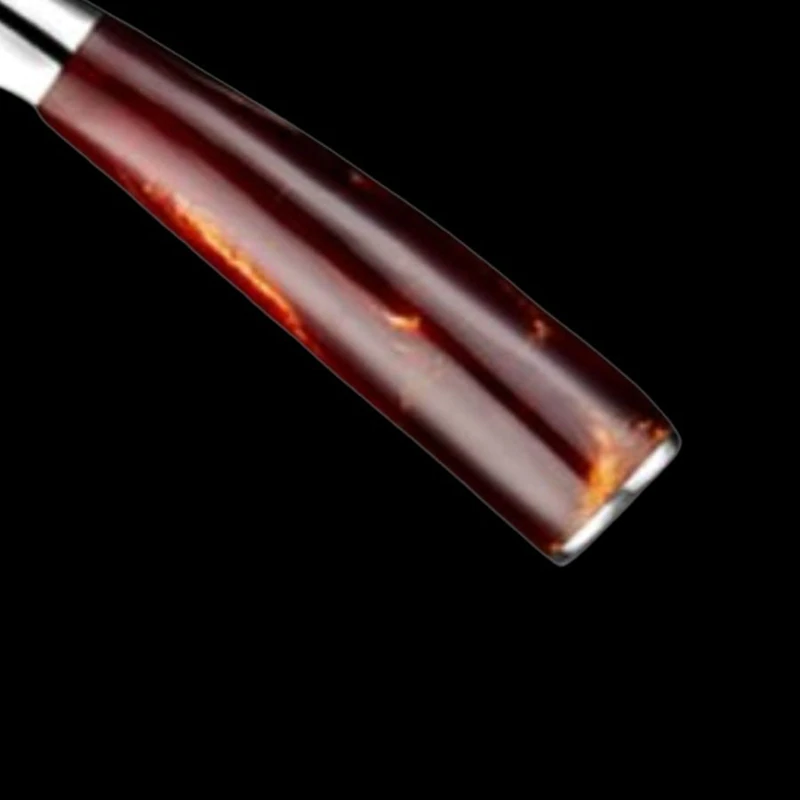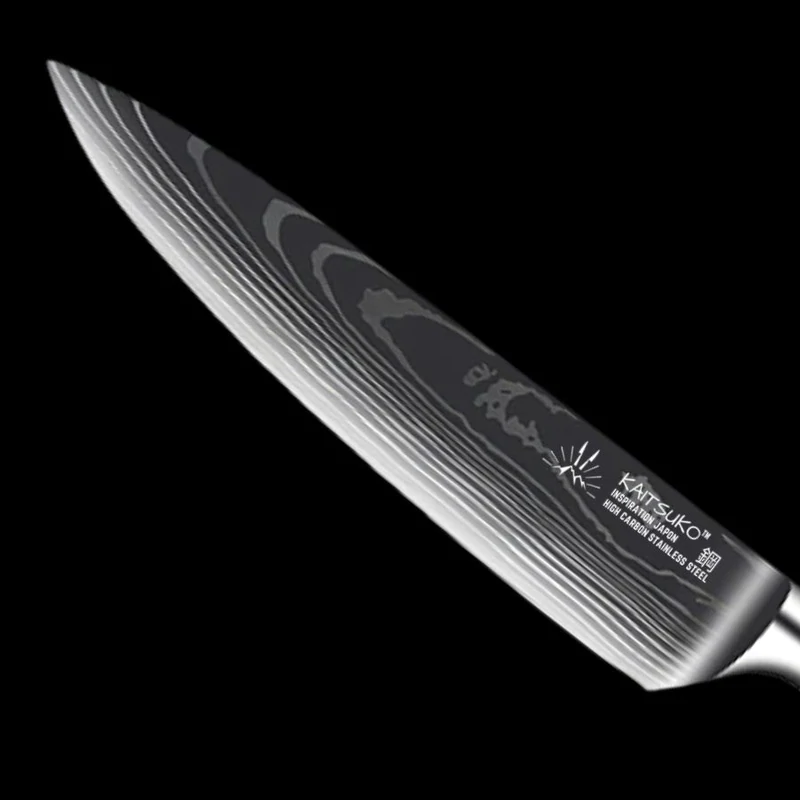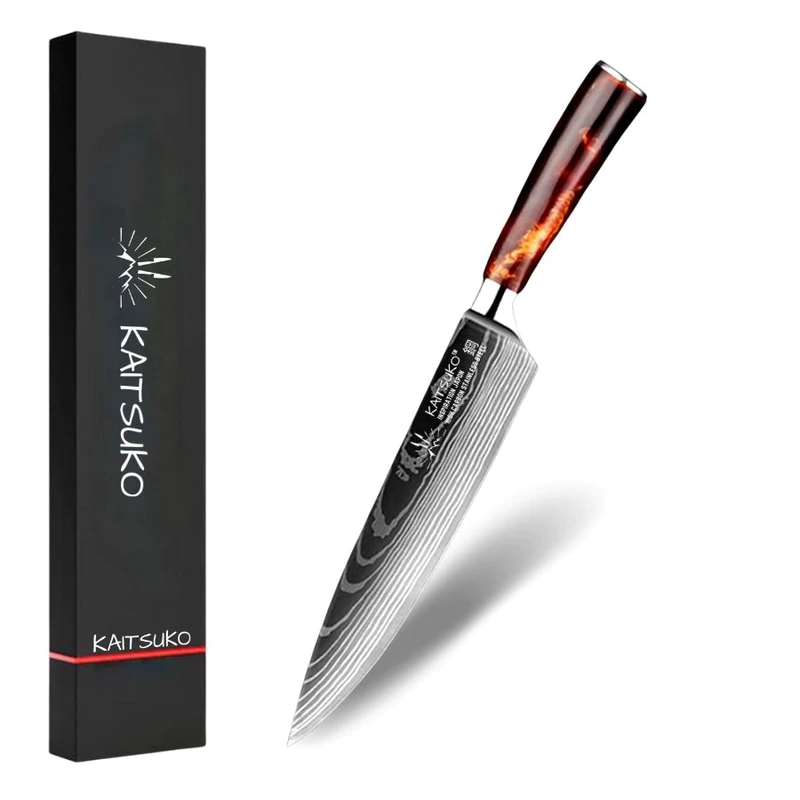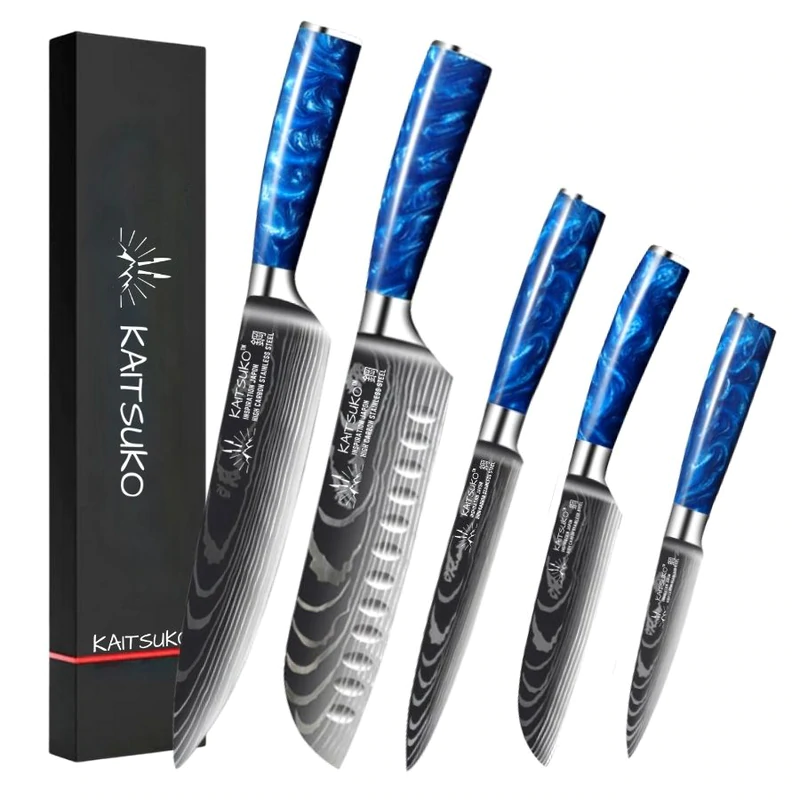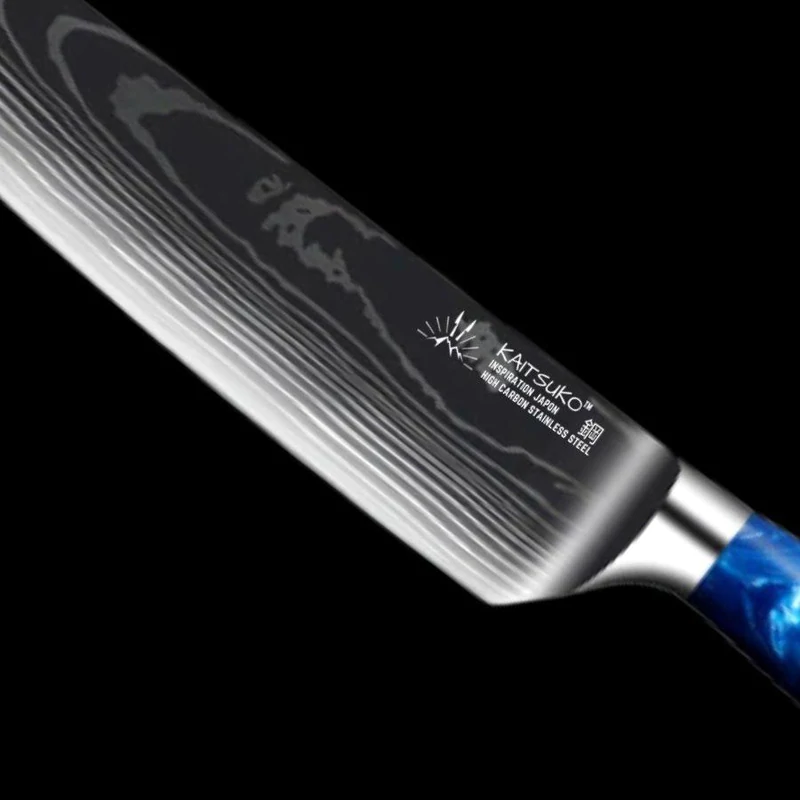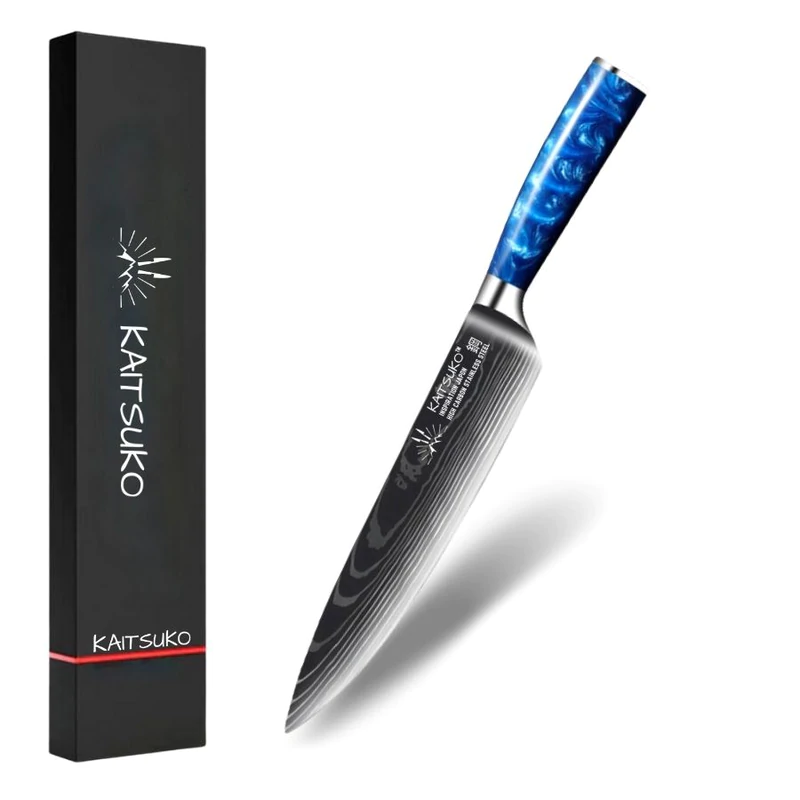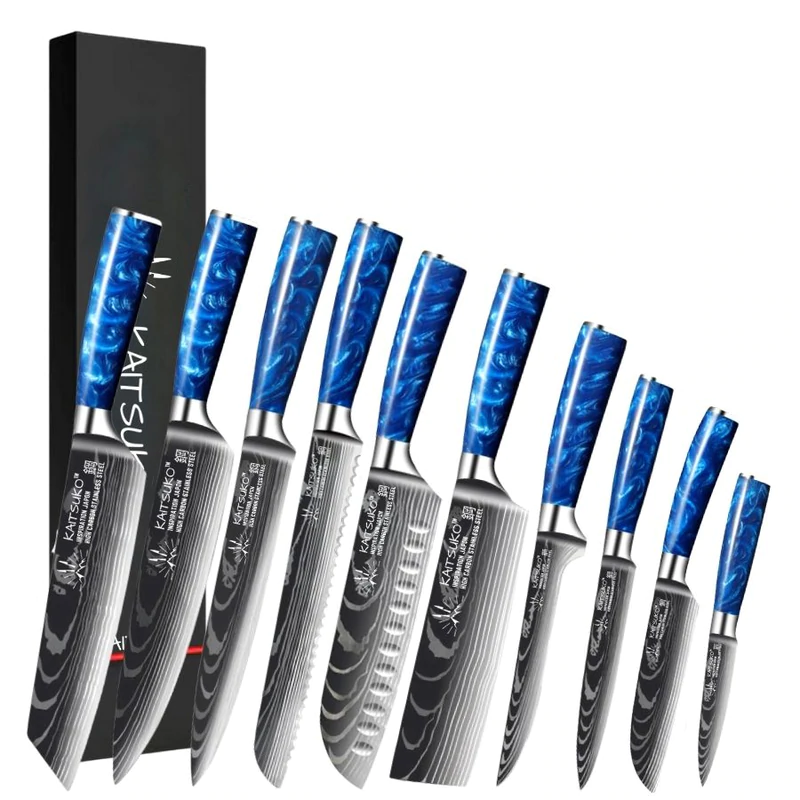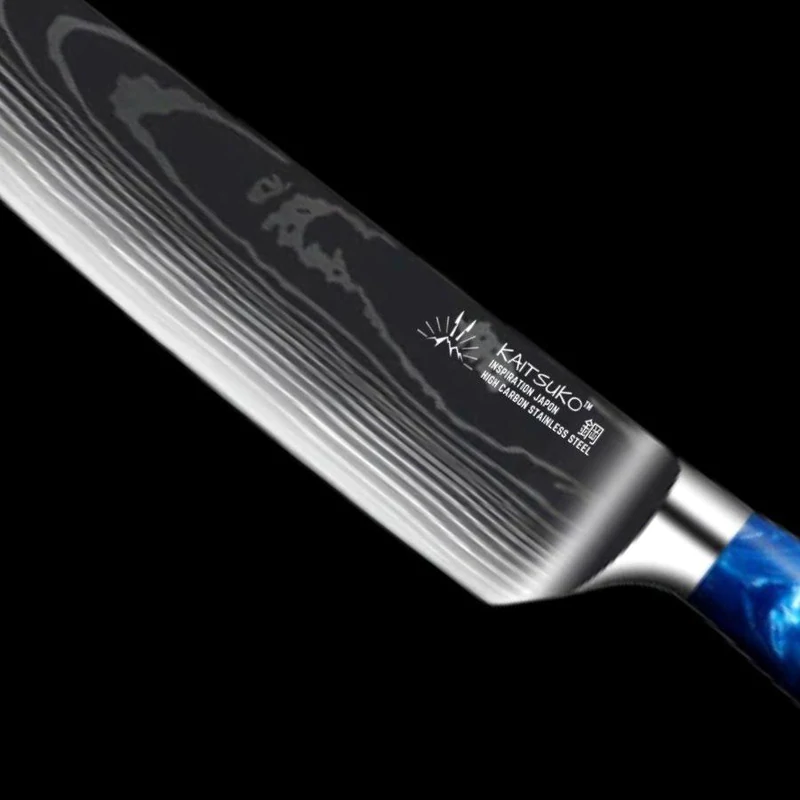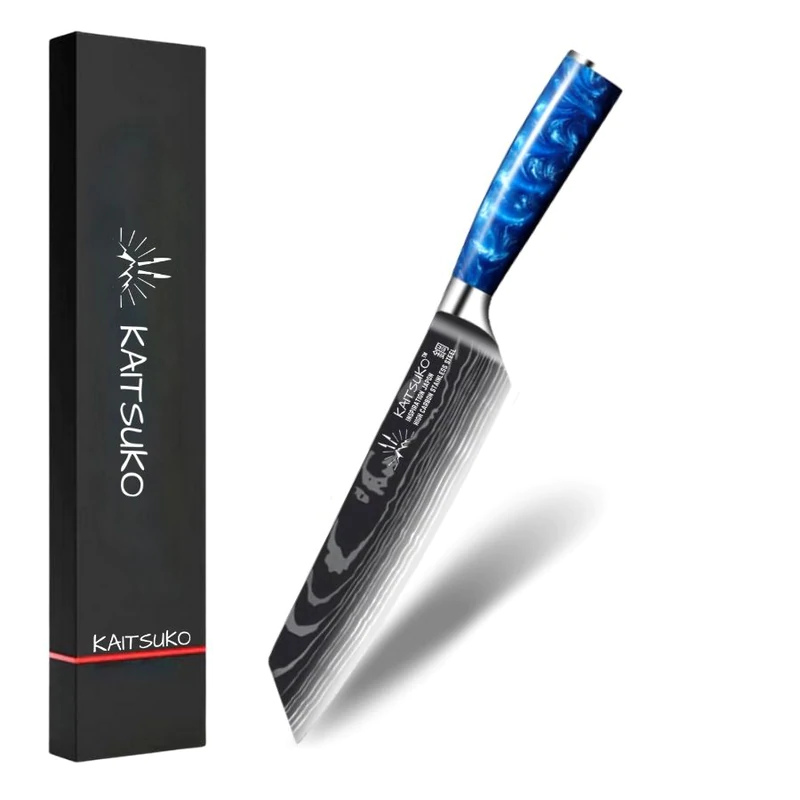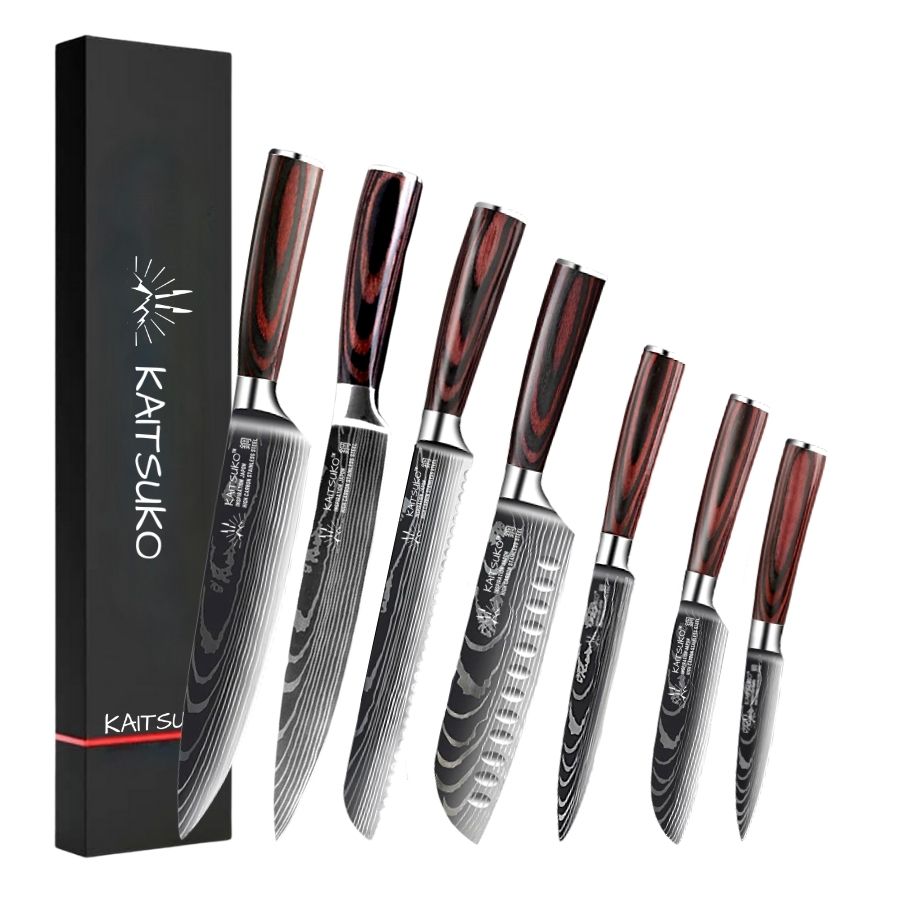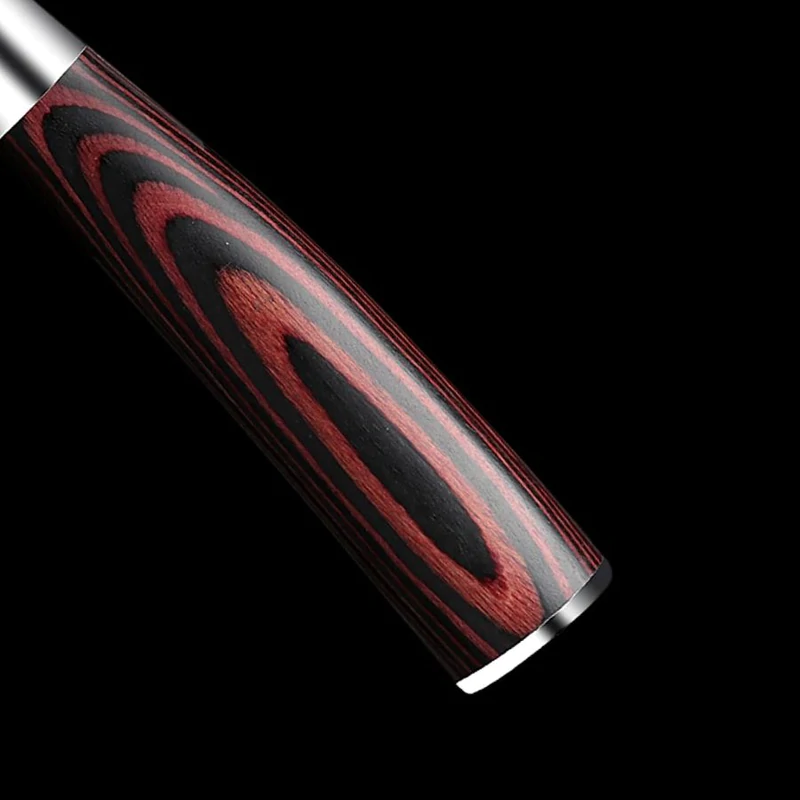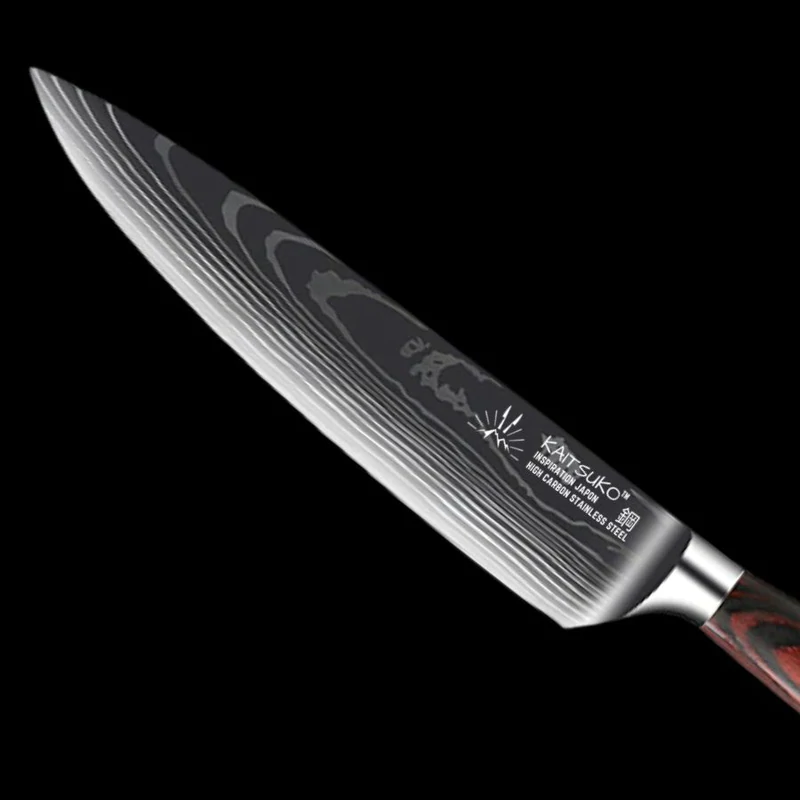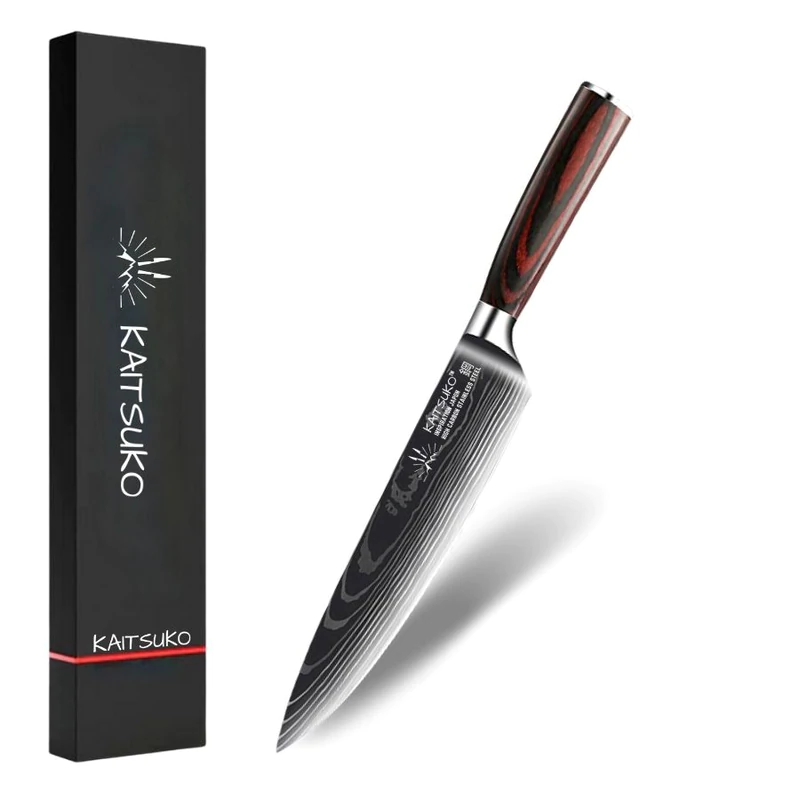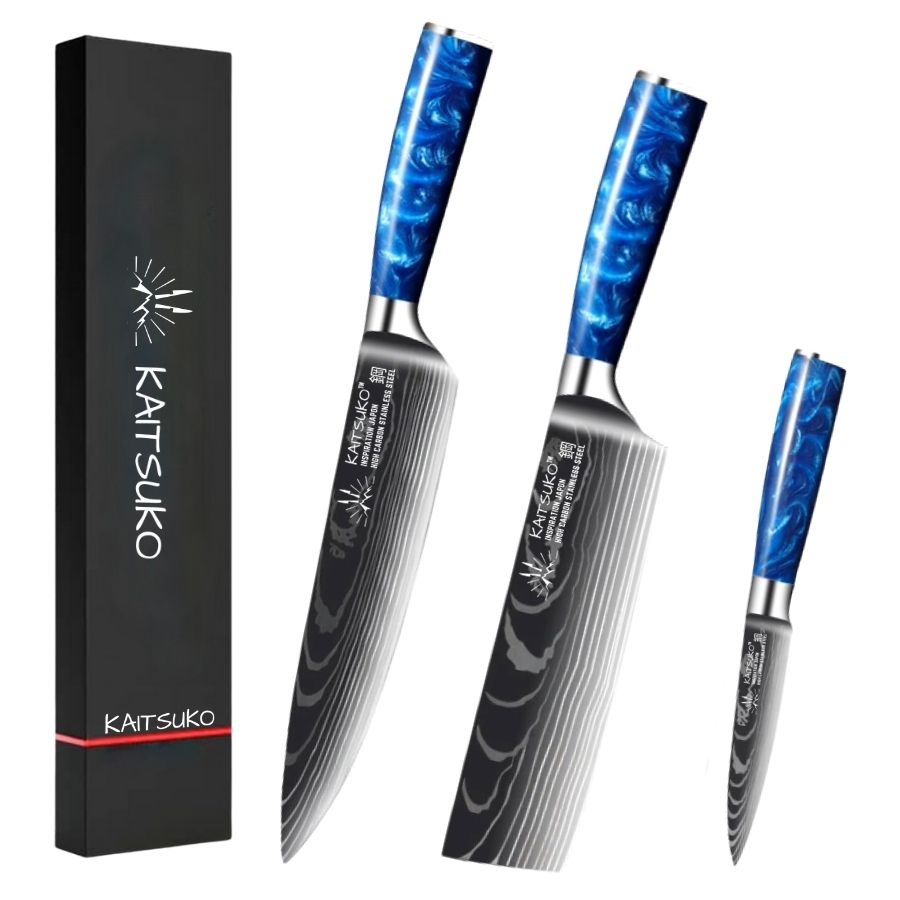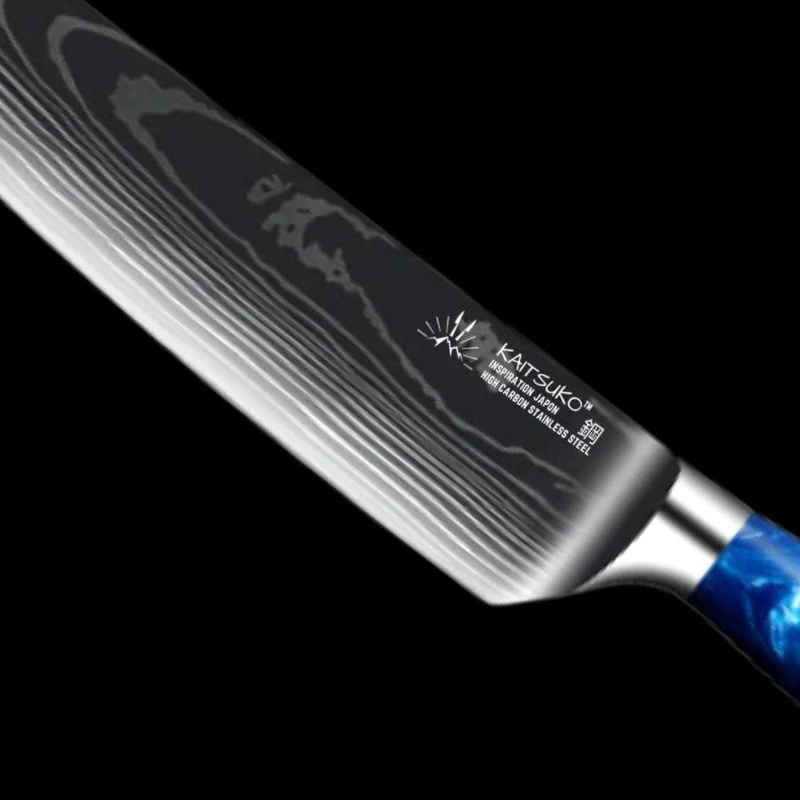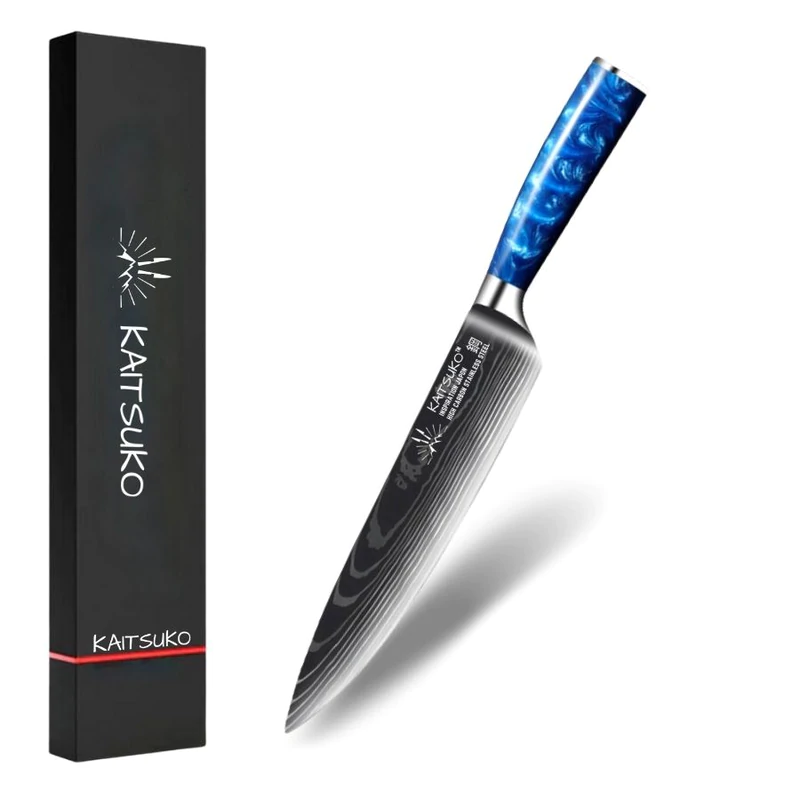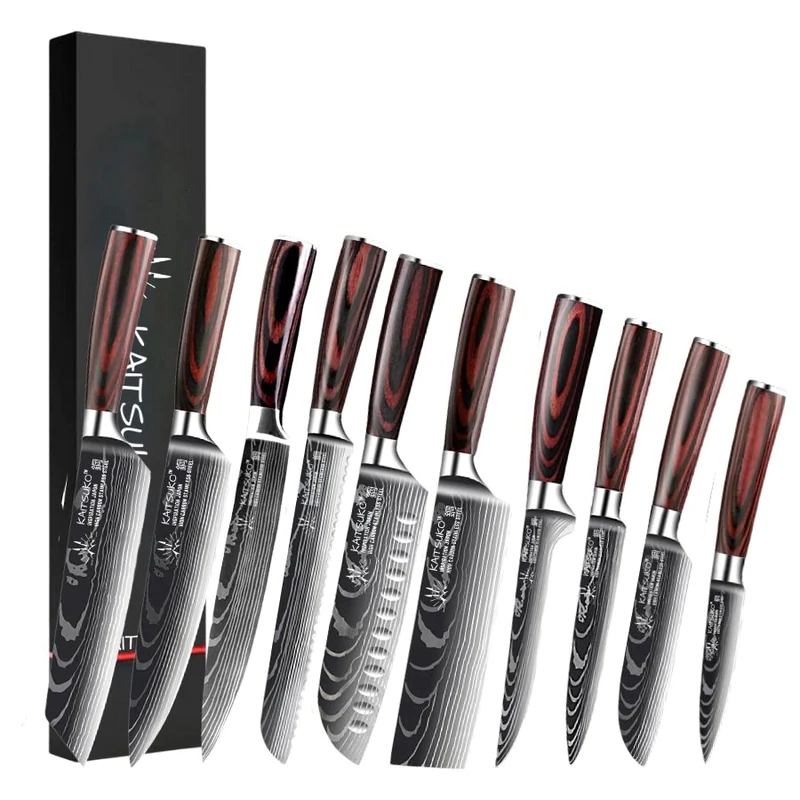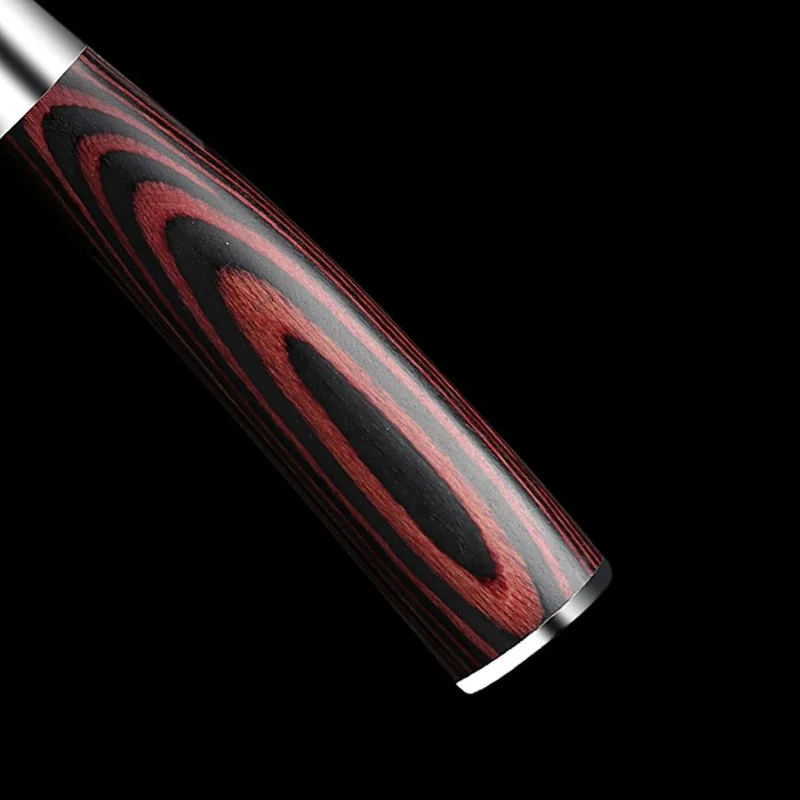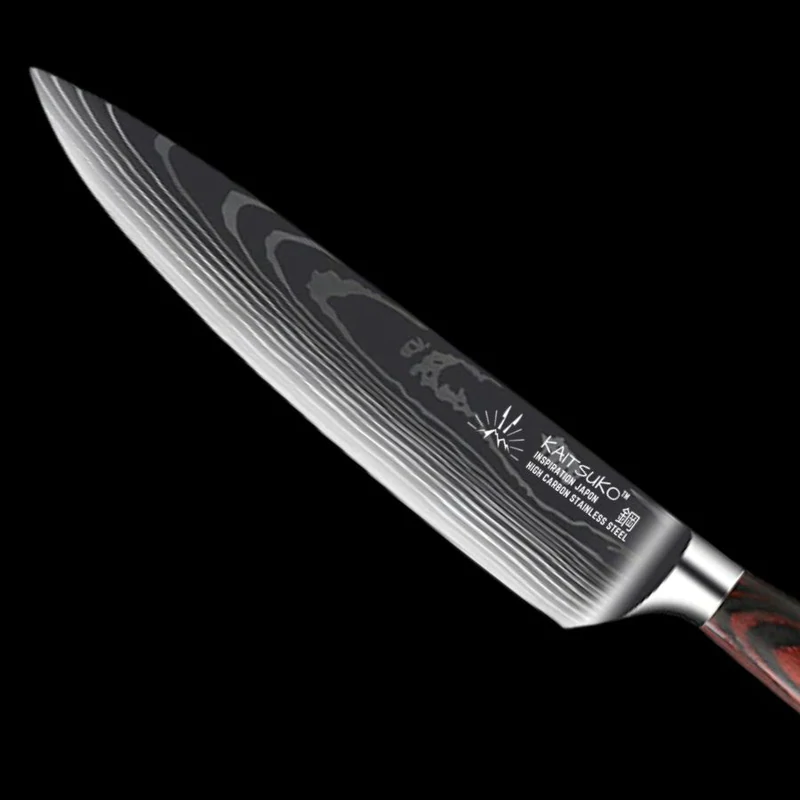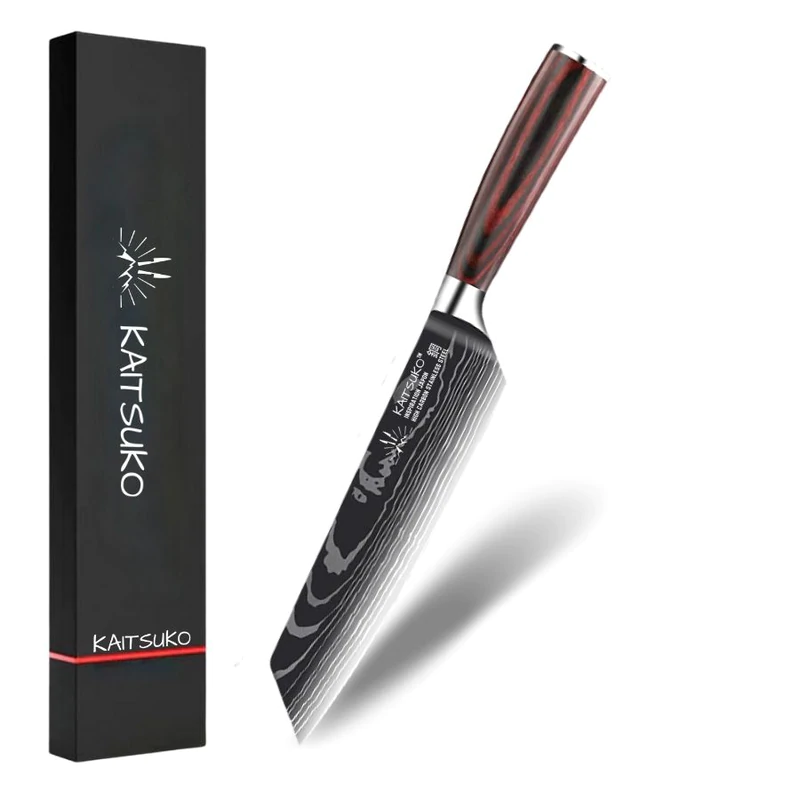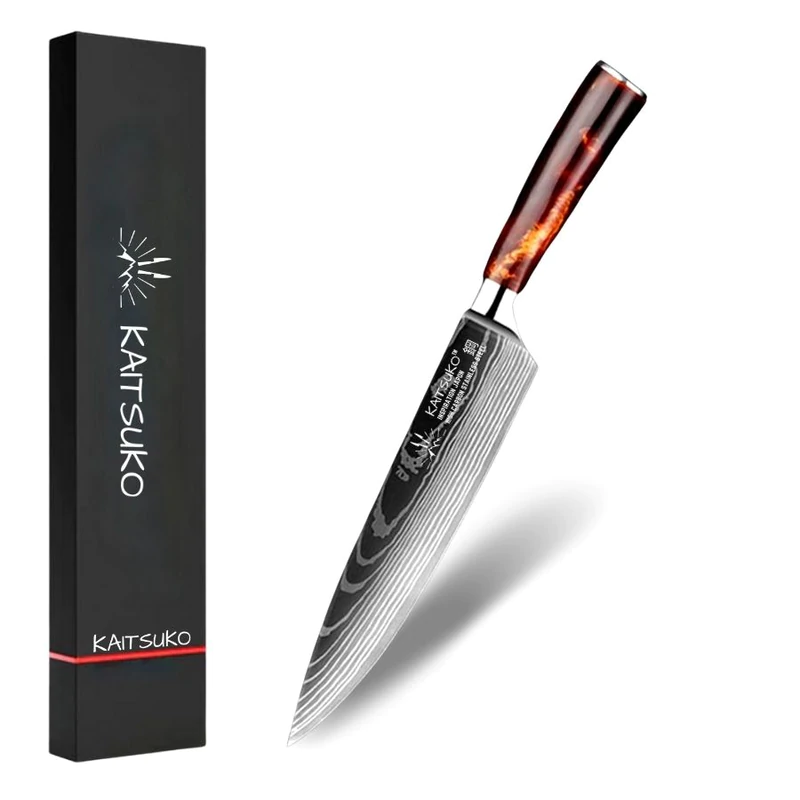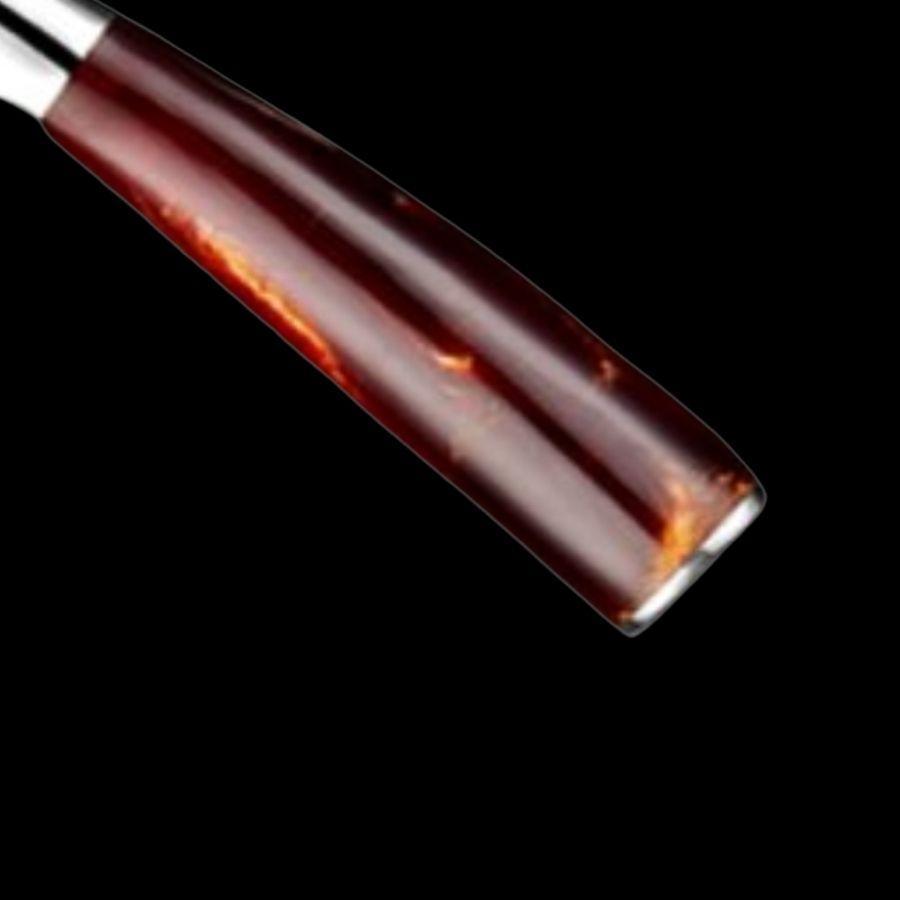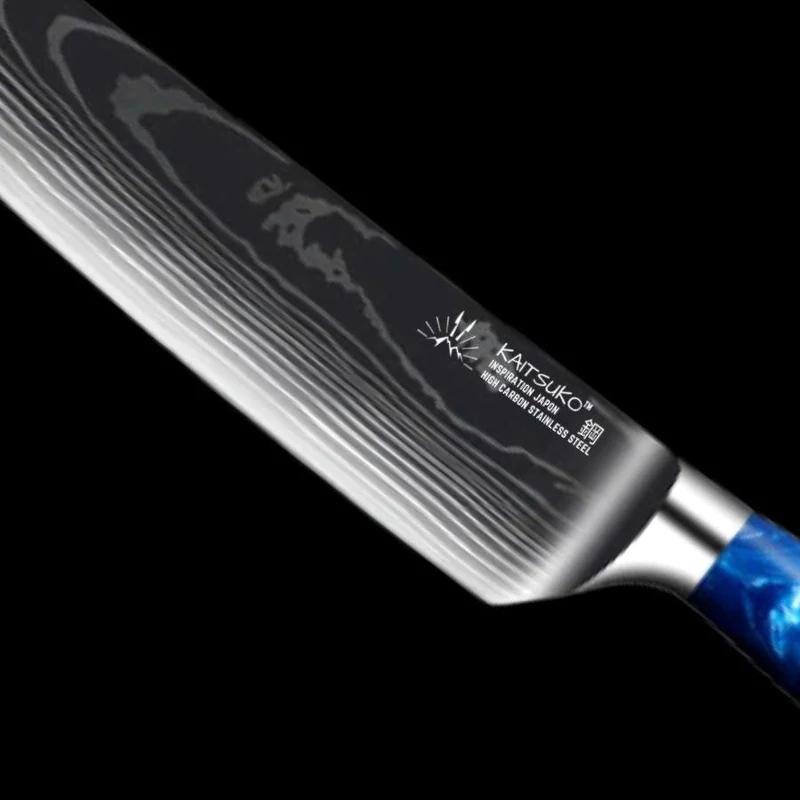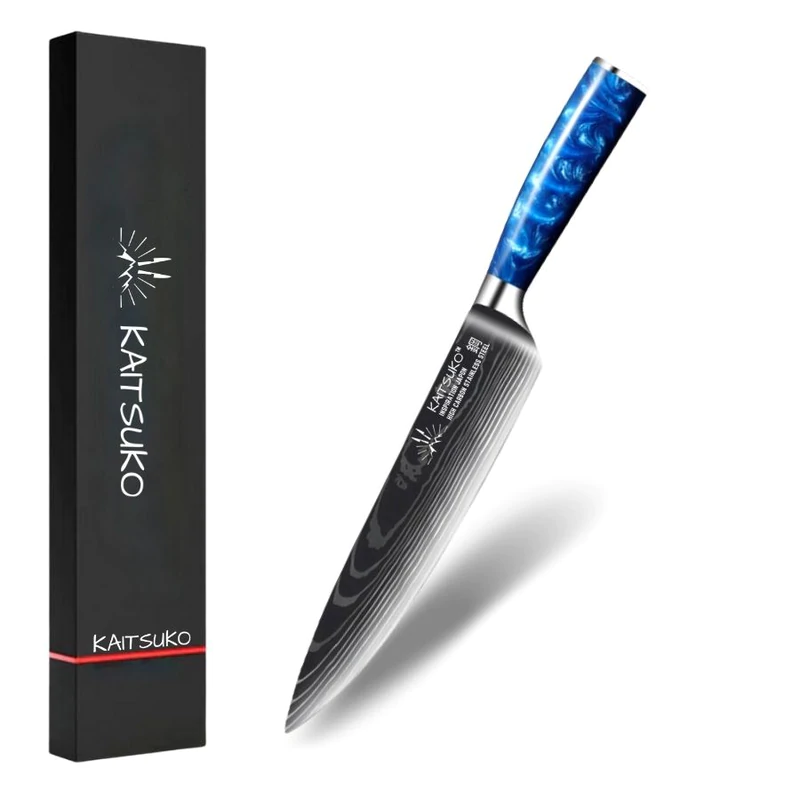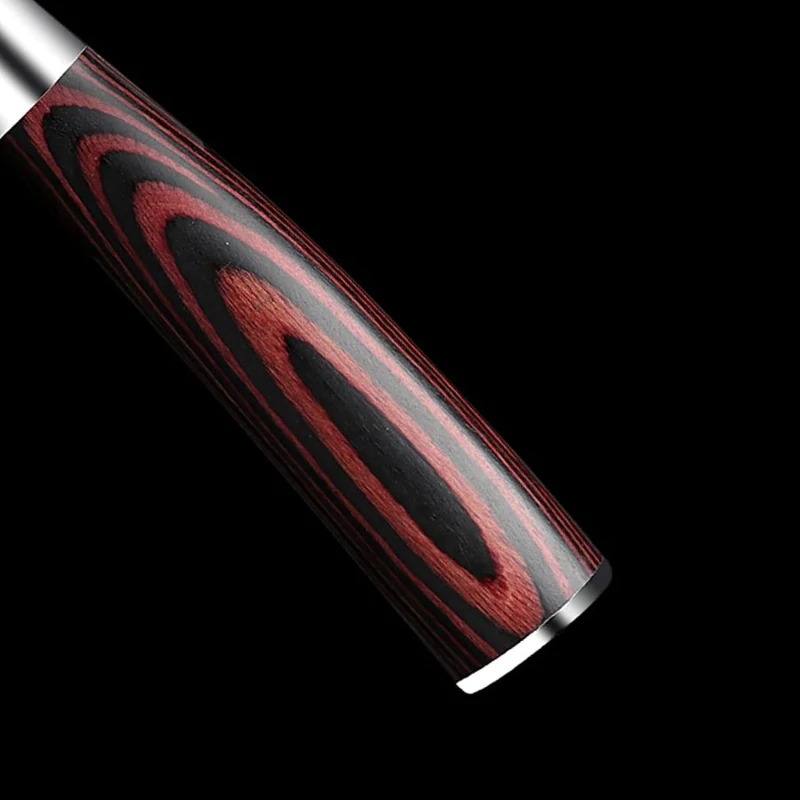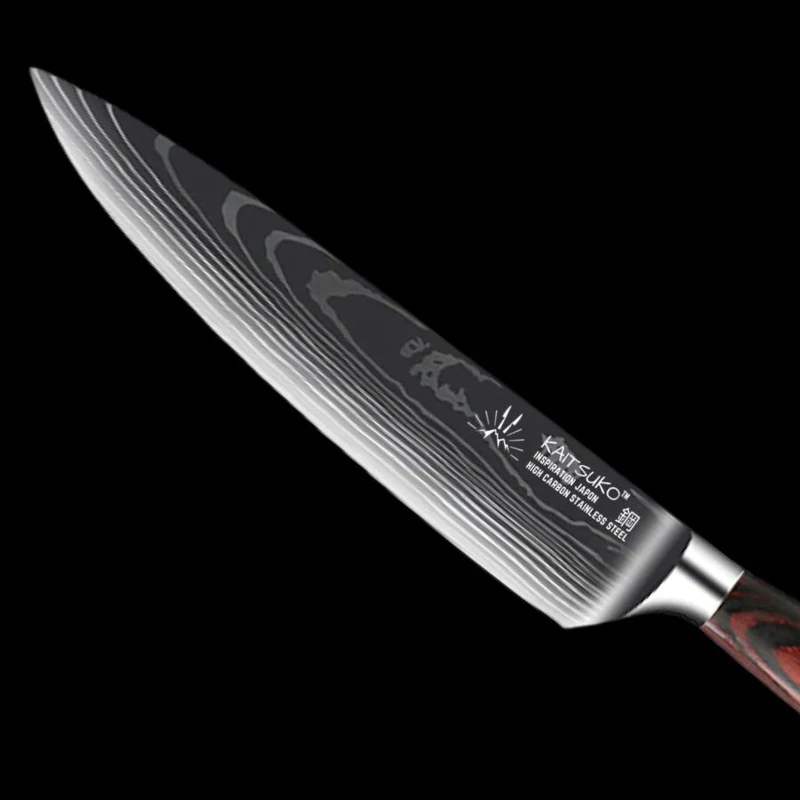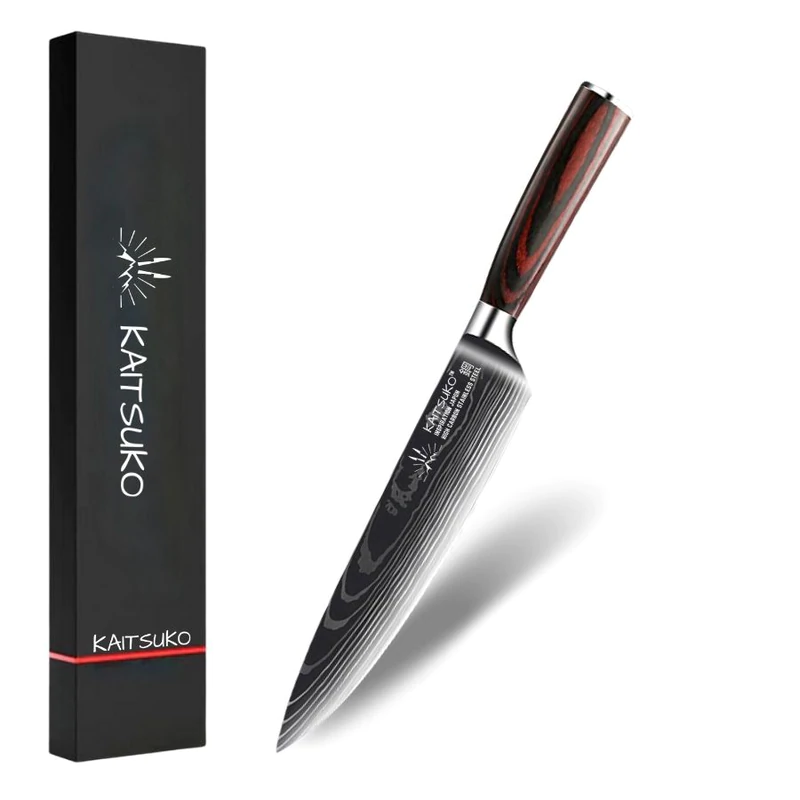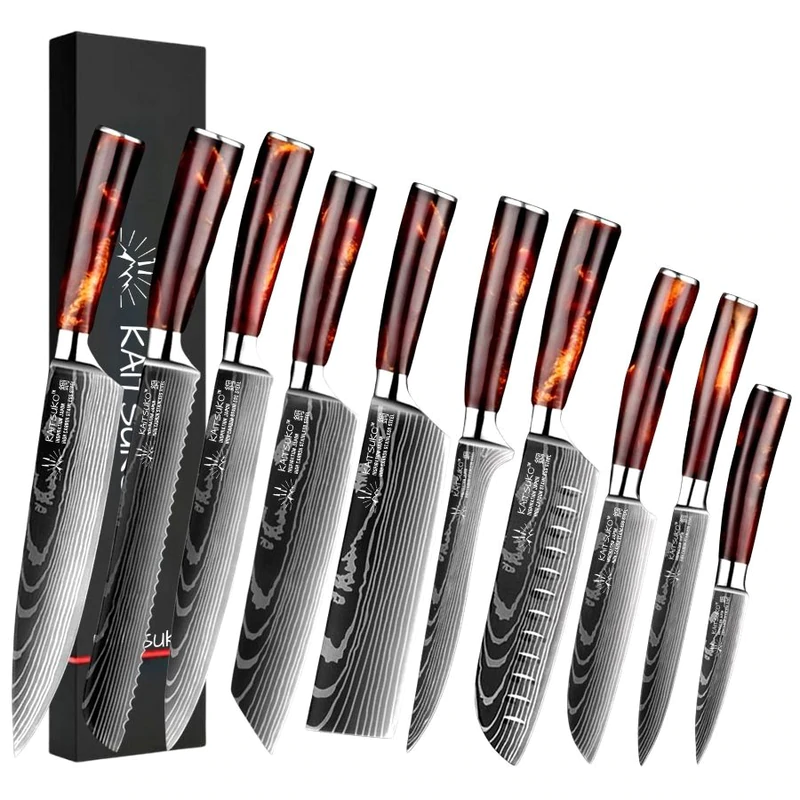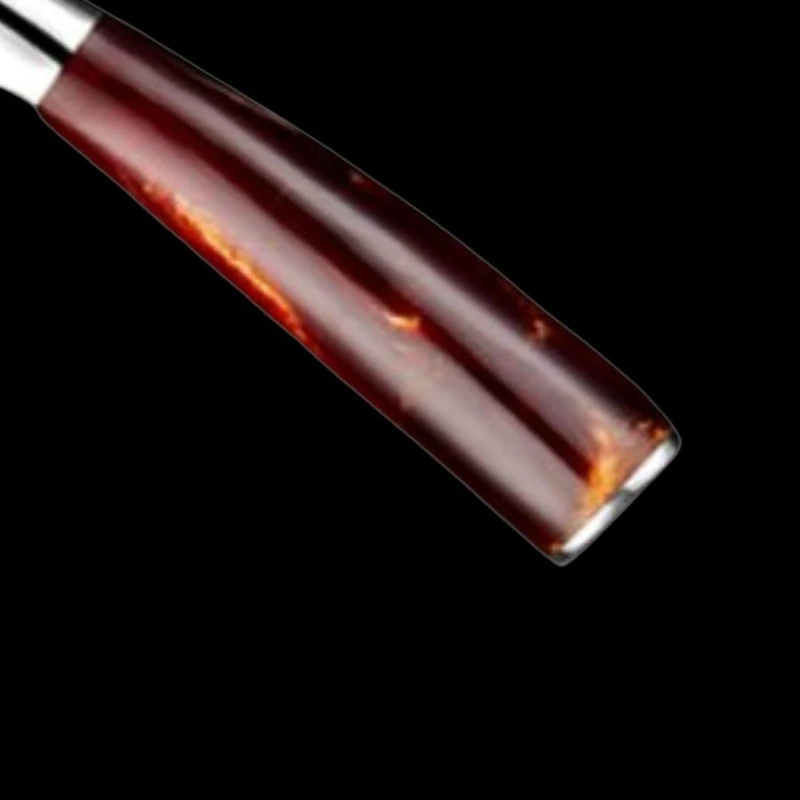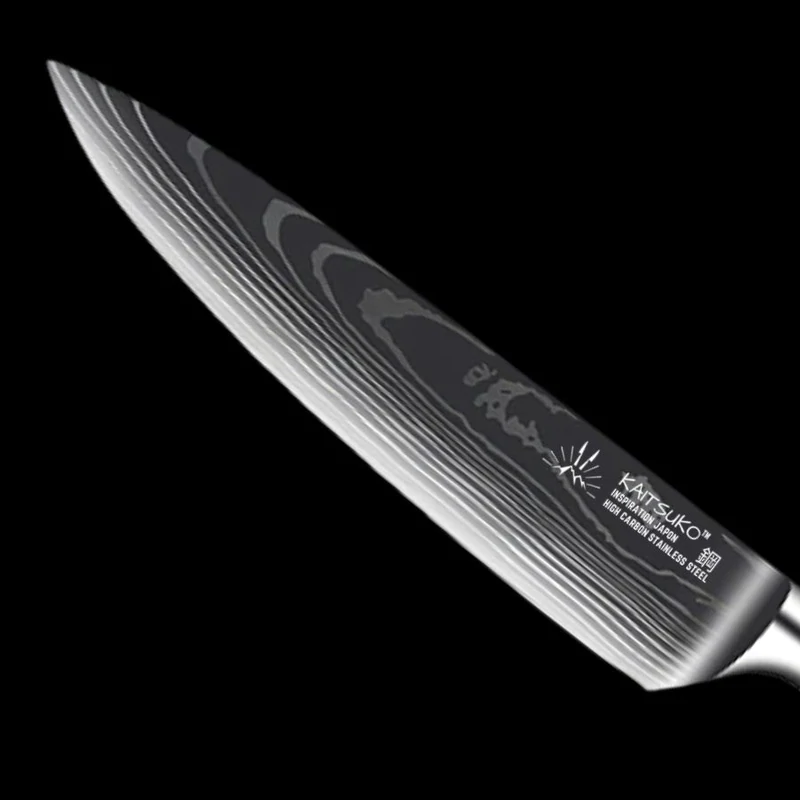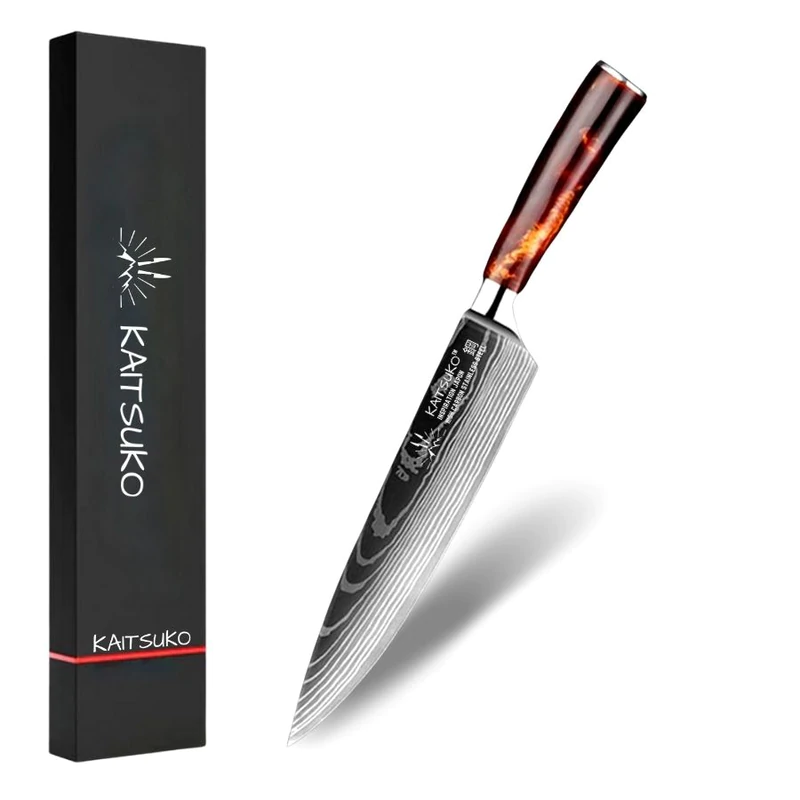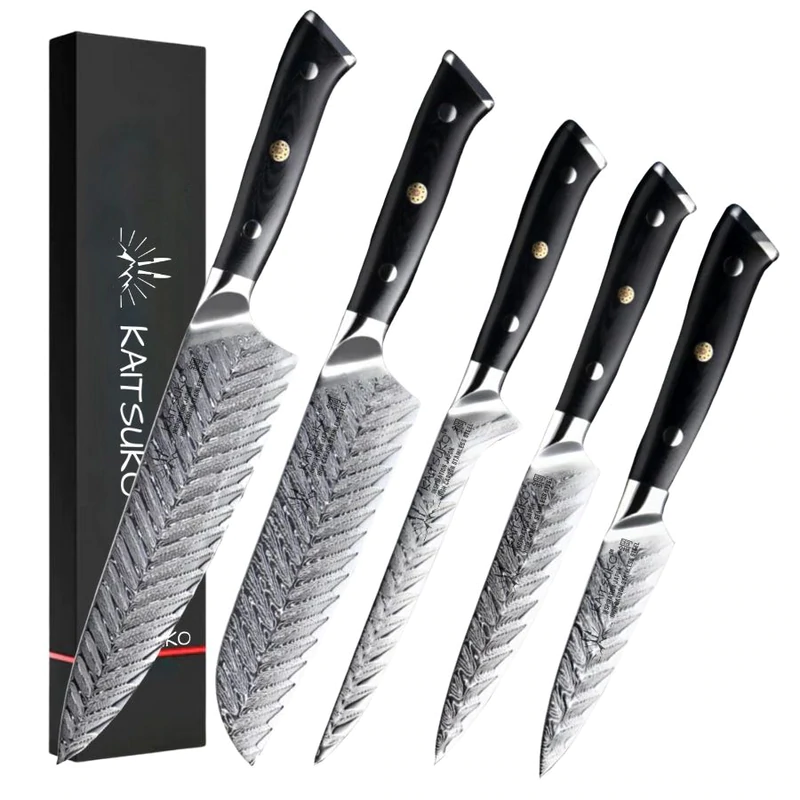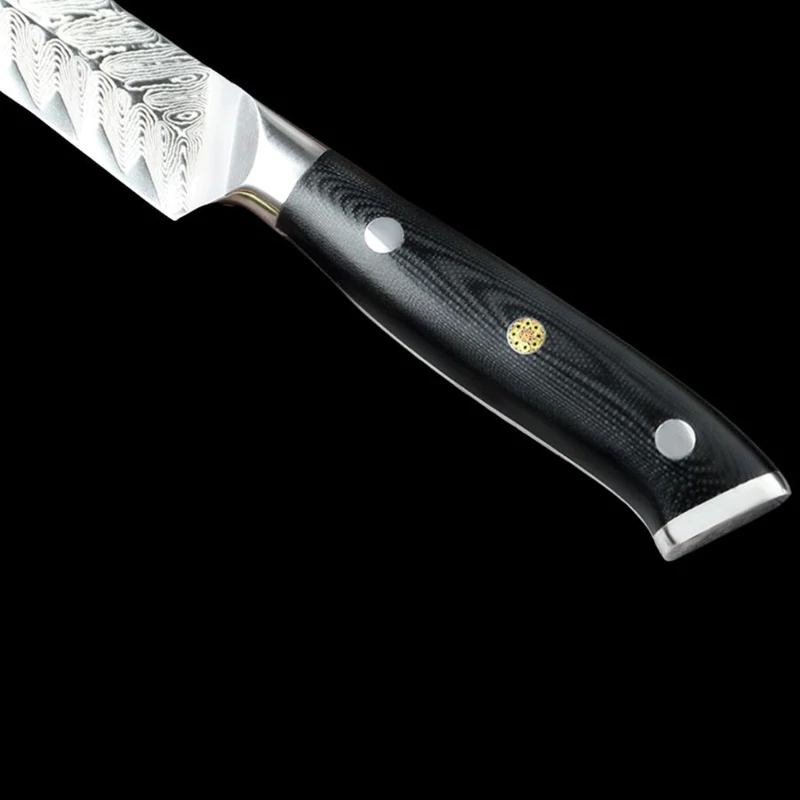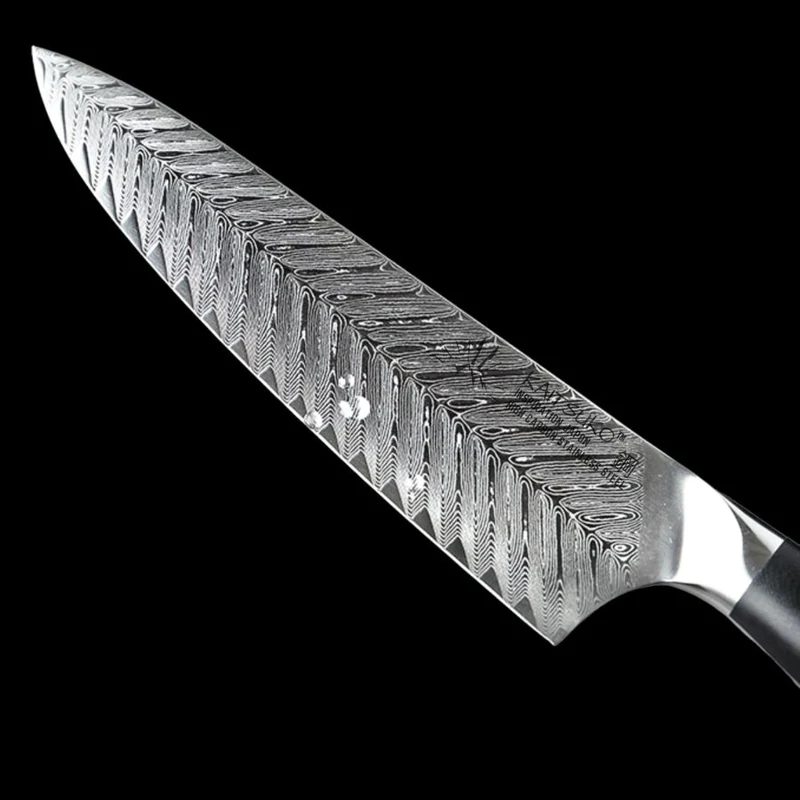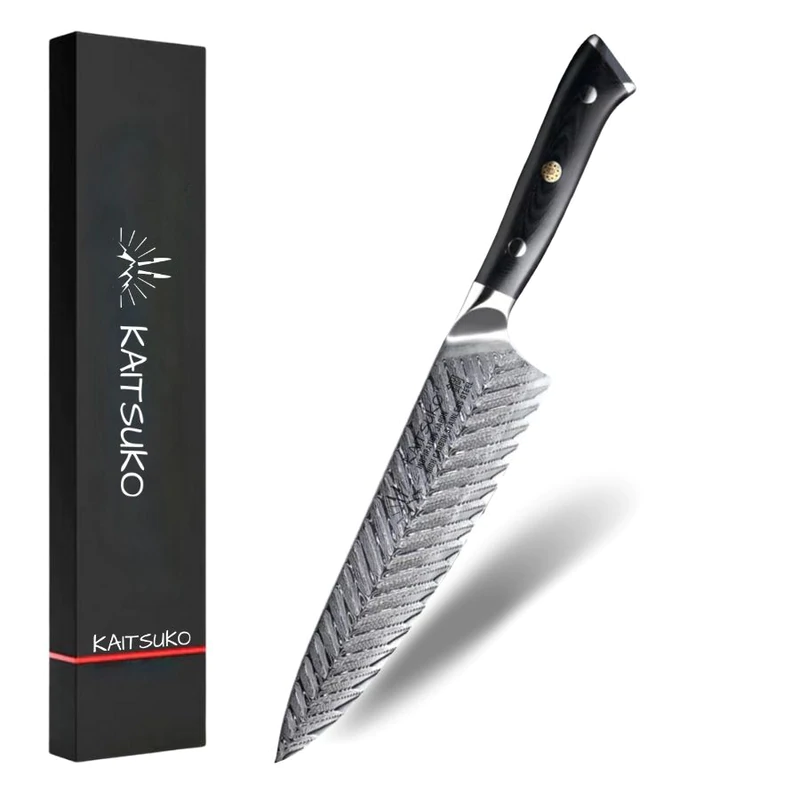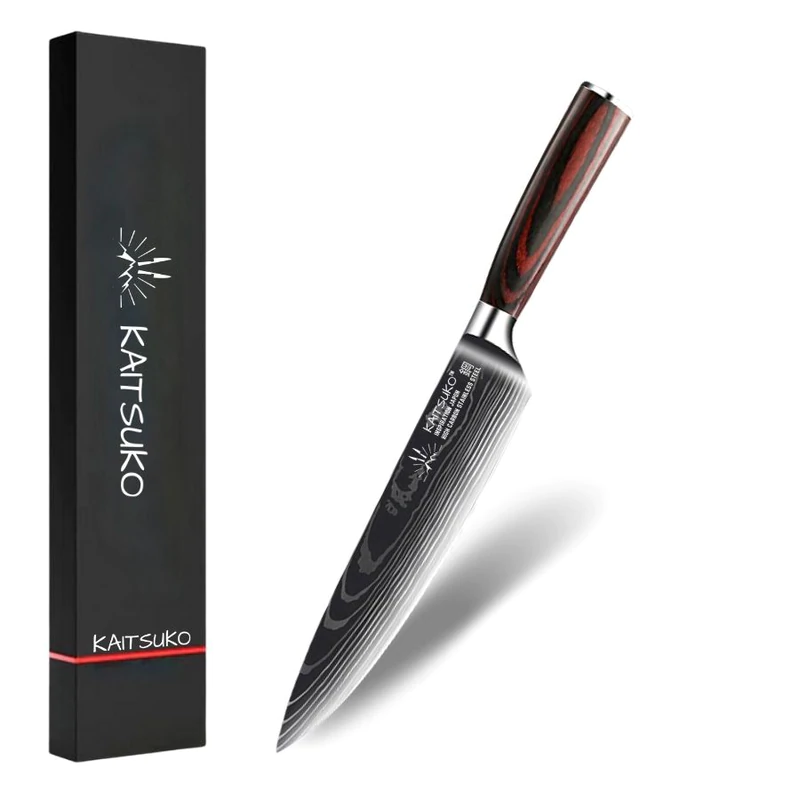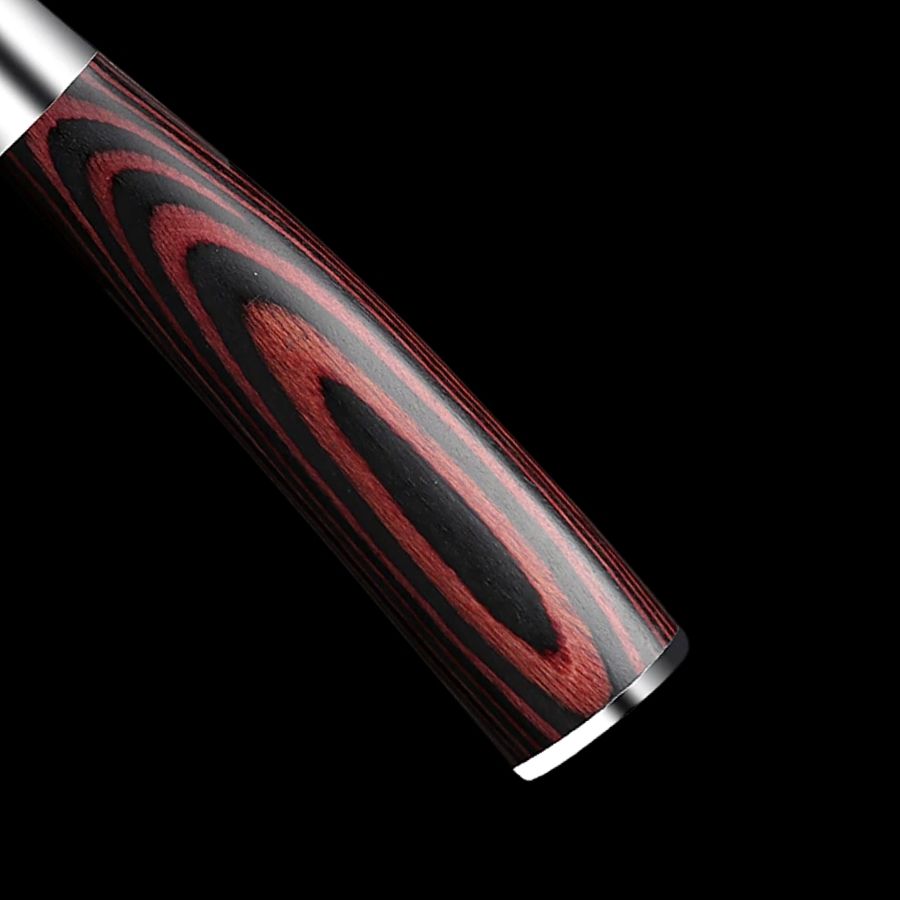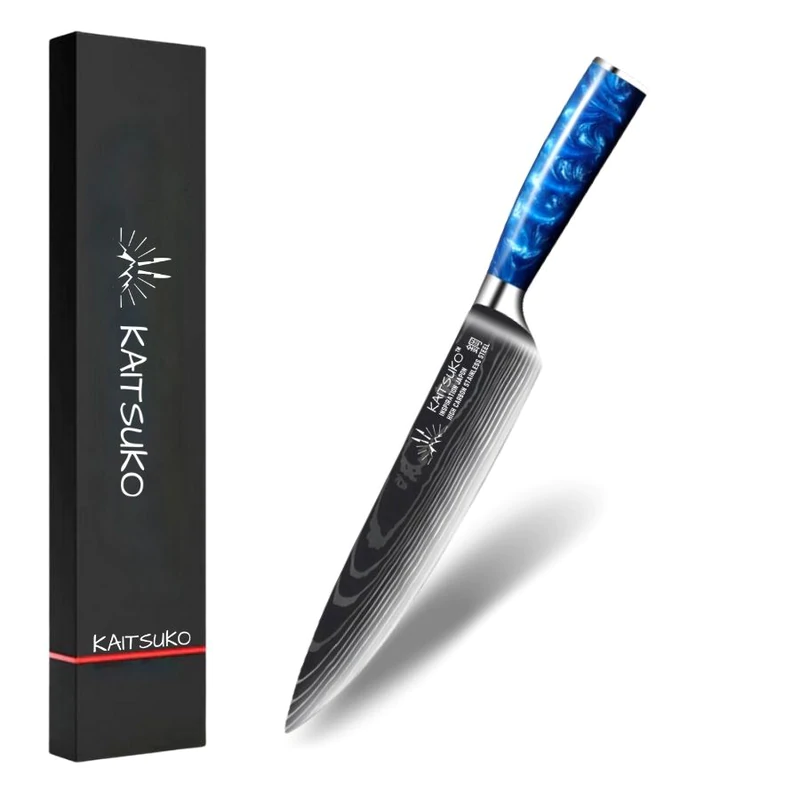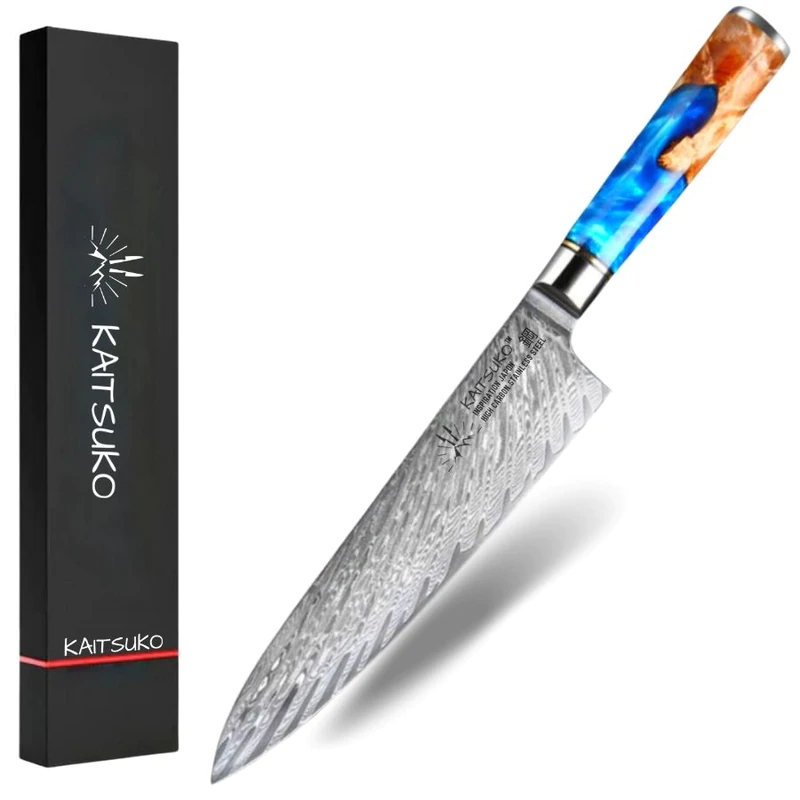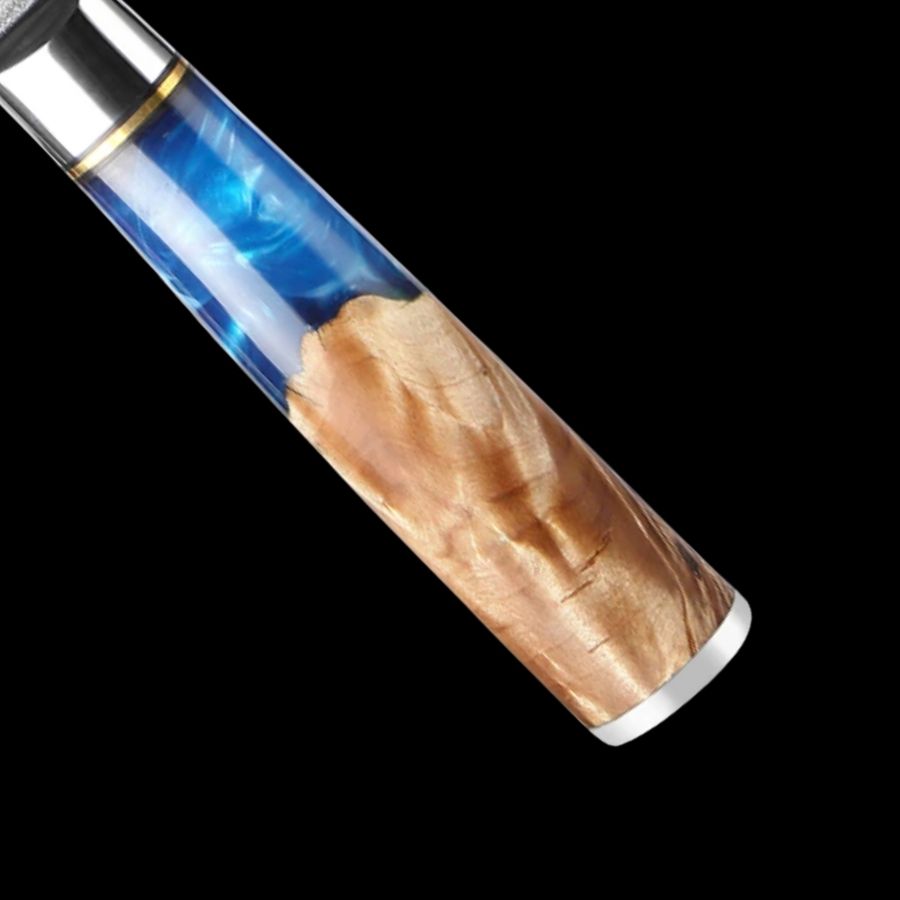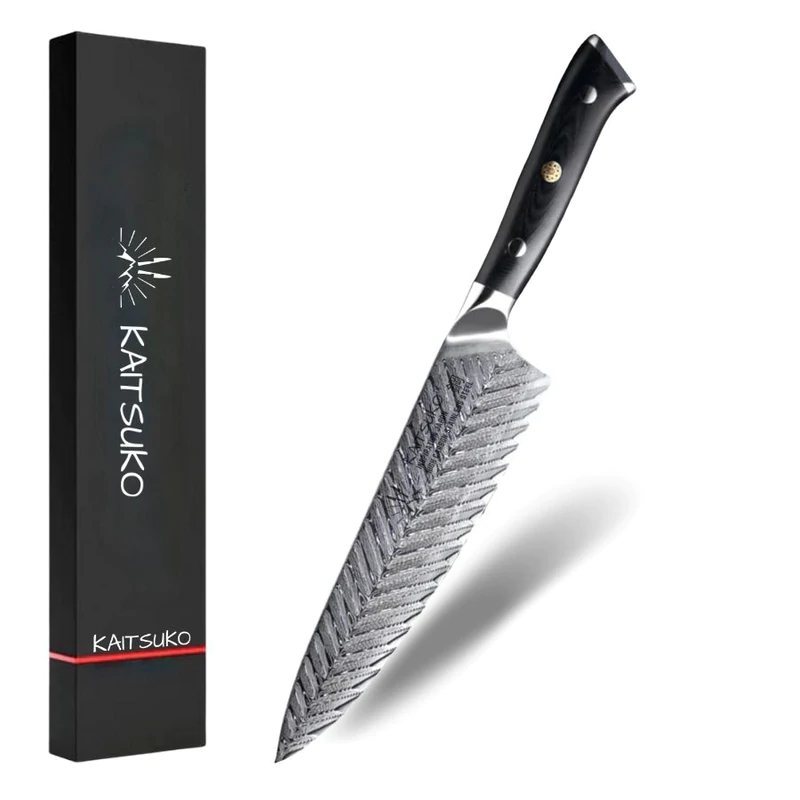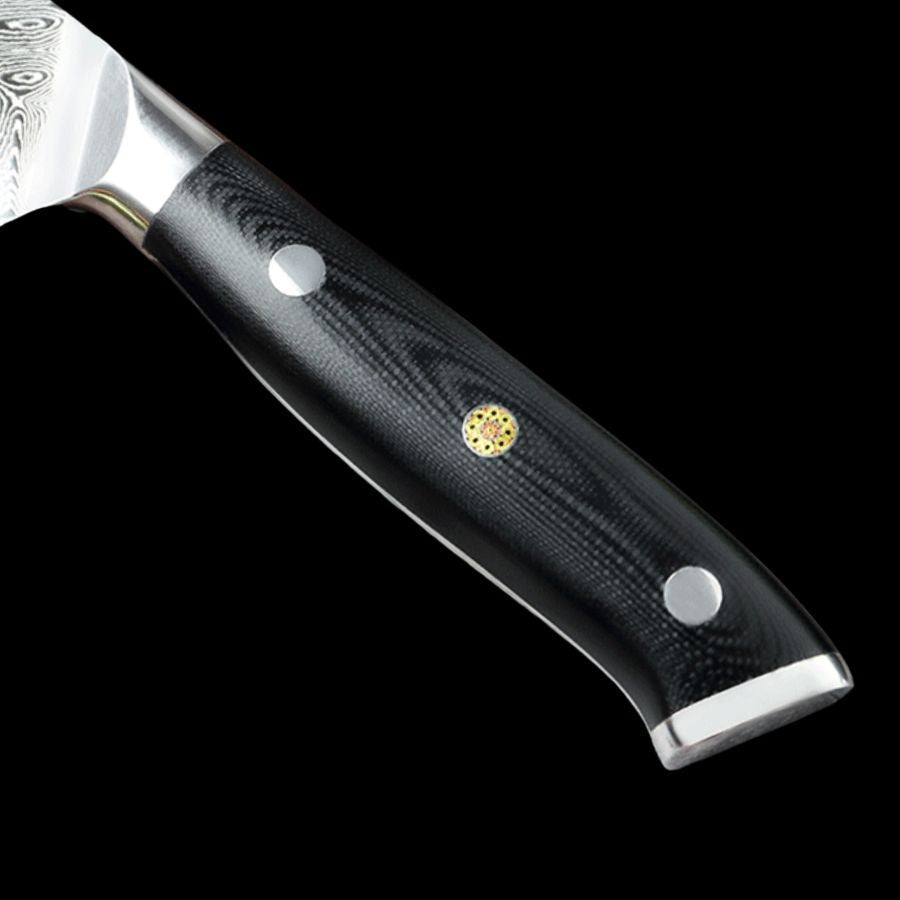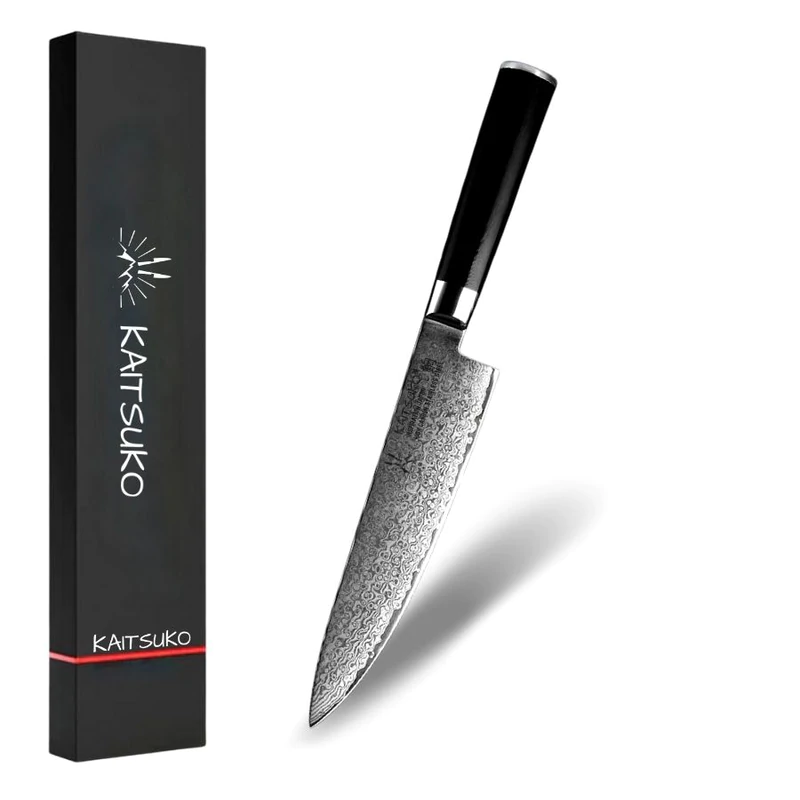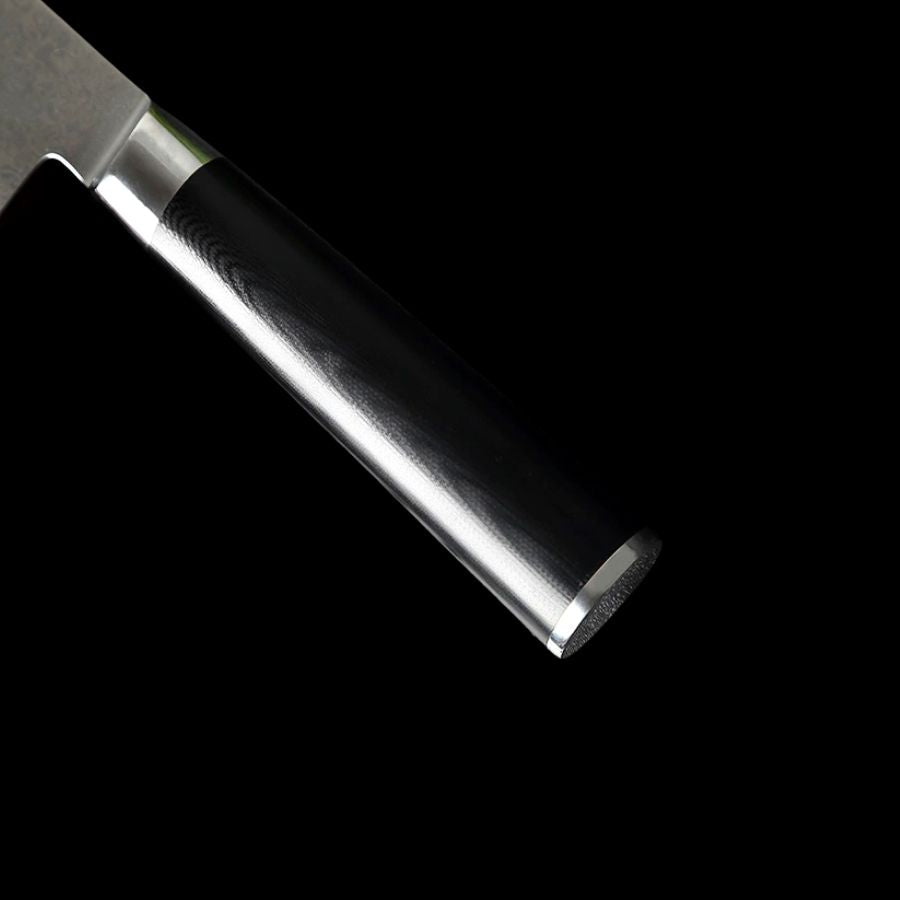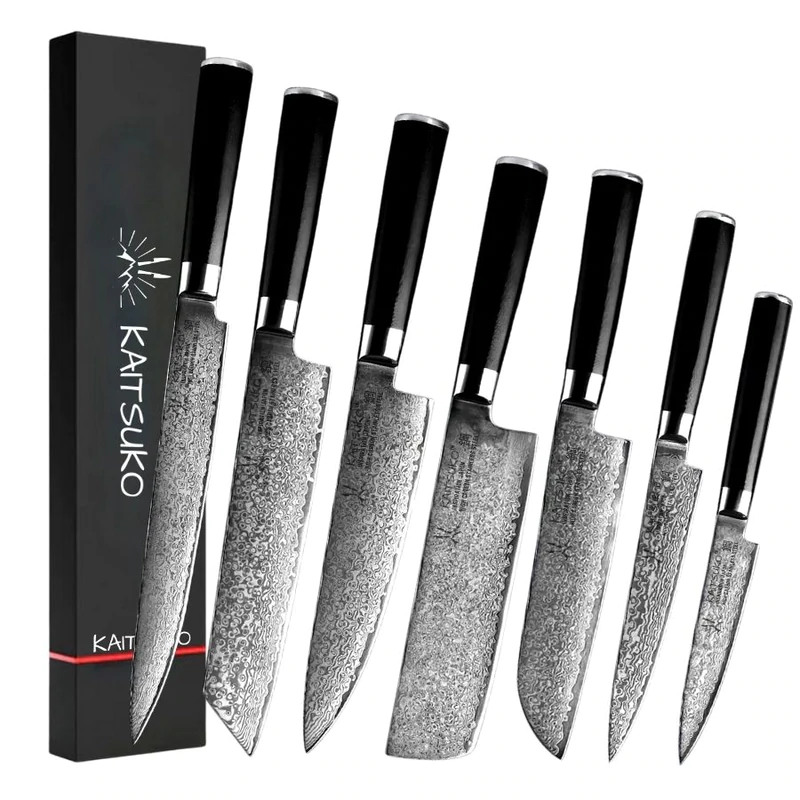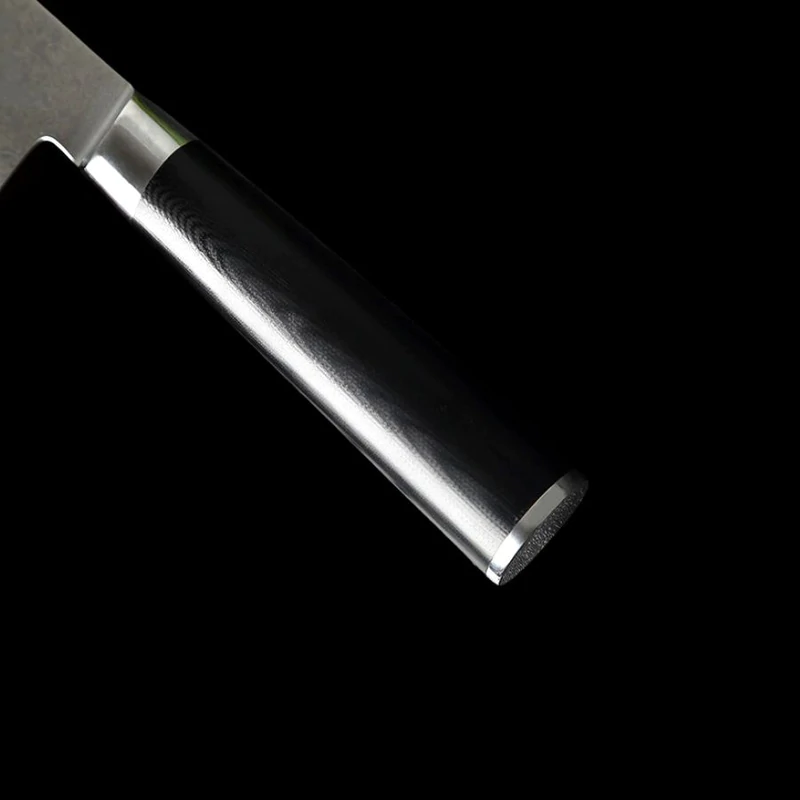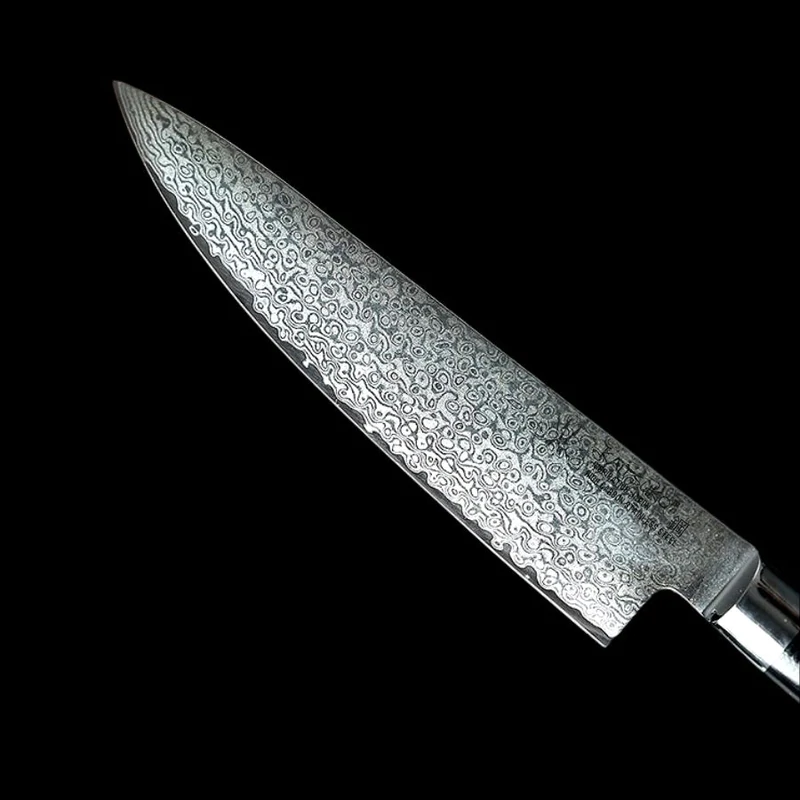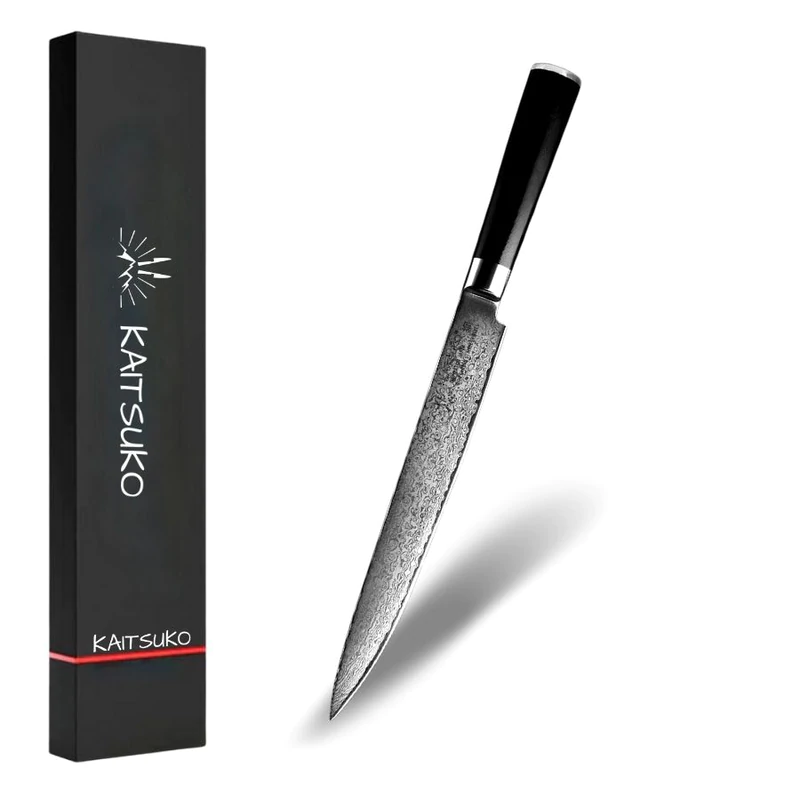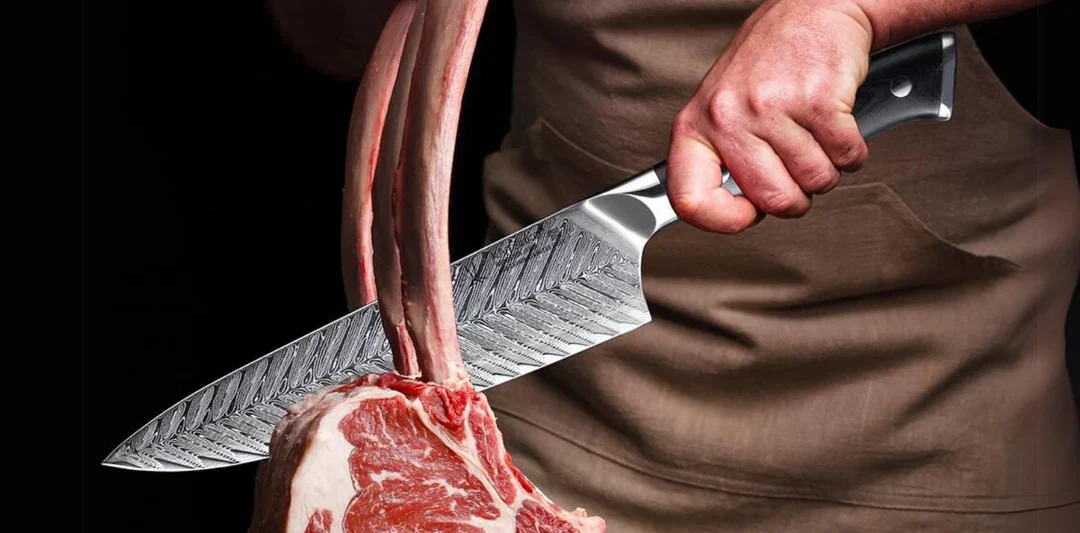
Chef knife
Set of 5 knives, Japanese style – Collection Chef Tanaka Forest Wood
Set of 7 knives, Japanese style – Collection Chef Tanaka Land of fire
Set of 3 knives, Japanese style – Collection Chef Tanaka Land of fire
Set of 5 knives, Japanese style – Collection Chef Tanaka Land of fire
Set of 5 knives, Japanese style – Collection Chef Tanaka Blue Ocean
Set of 10 knives, Japanese style – Collection Chef Tanaka Blue Ocean
Set of 7 knives, Japanese style – Collection Chef Tanaka Forest Wood
Set of 3 knives, Japanese style – Collection Chef Tanaka Blue Ocean
Set of 10 knives, Japanese style – Collection Chef Tanaka Forest Wood
Set of 7 knives, Japanese style – Collection Chef Tanaka Blue Ocean
Set of 3 knives, Japanese style – Collection Chef Tanaka Forest Wood
Set of 10 knives, Japanese style – Collection Chef Tanaka Land of fire
Set of 5 knives in Damascus steel – Collection Chef Yakumoto
Collection Kyoto – Set of 7 knives in Damascus steel, Japanese style – Limited edition
Characteristics of Chef's Knives
What is a Chef's knife? It's a large, versatile knife with a blade ranging from 20 to 30 cm (8 to 12 inches) that typically has a slight curve upwards from the base to the tip.
When to use it? The Chef's knife is perfect for chopping, slicing, or dicing fruits, vegetables, meats, as well as fish. For a Japanese immersion, there's the category of Kiritsuke knives to explore without delay.
How to properly use the blade? For an excellent grip, hold the blade using your index finger and thumb. Then, wrap the other fingers of your hand around the handle. When cutting your food, make a rocking motion, without lifting the blade up and down (hence the curve of the blade's shape!).
What to avoid? Follow our advice! The Chef's knife isn't the most suitable for cutting bones and removing meat from bones. It's also best to avoid cutting certain large vegetables and instead use a knife specifically designed for them. The Chef's knife is also not ideal for tasks that require precision, such as hollowing out tomatoes, which require smaller knives with thinner blades.
What are the tips for purchasing? Make sure to lift the knife with the handle before buying to feel its effects and weight in your hands. People with smaller hands may prefer a shorter blade, but don't shy away from longer blades because they offer greater flexibility, speed, and efficiency.

